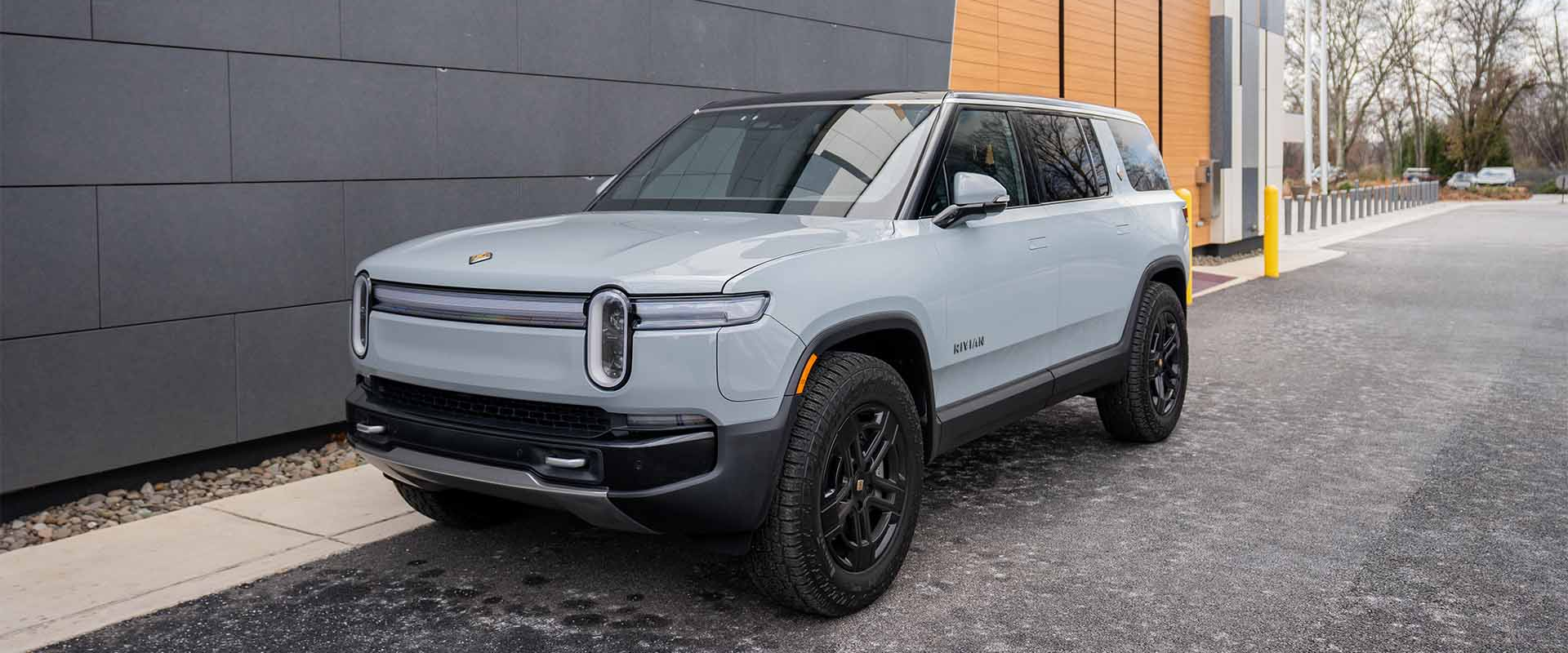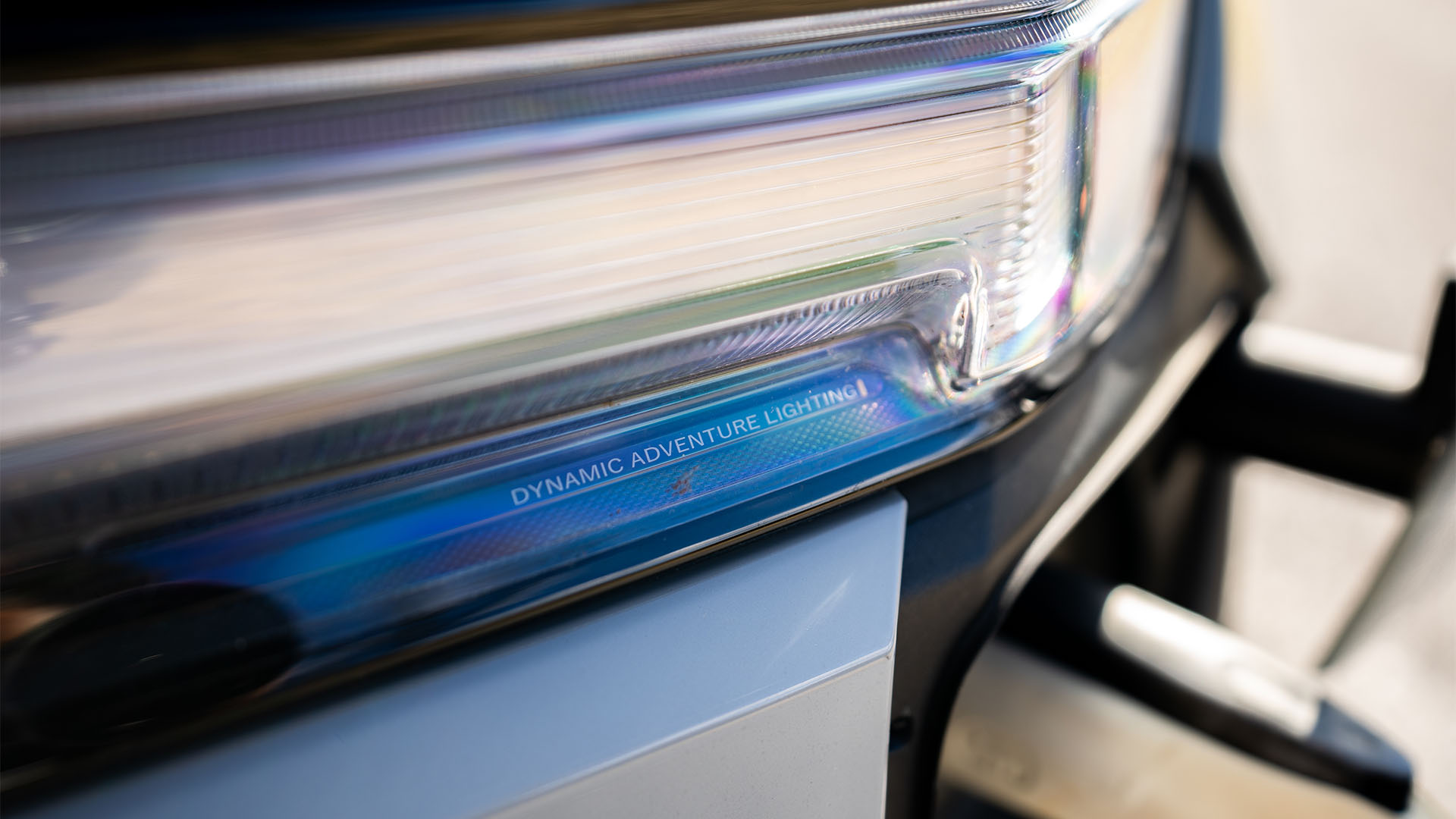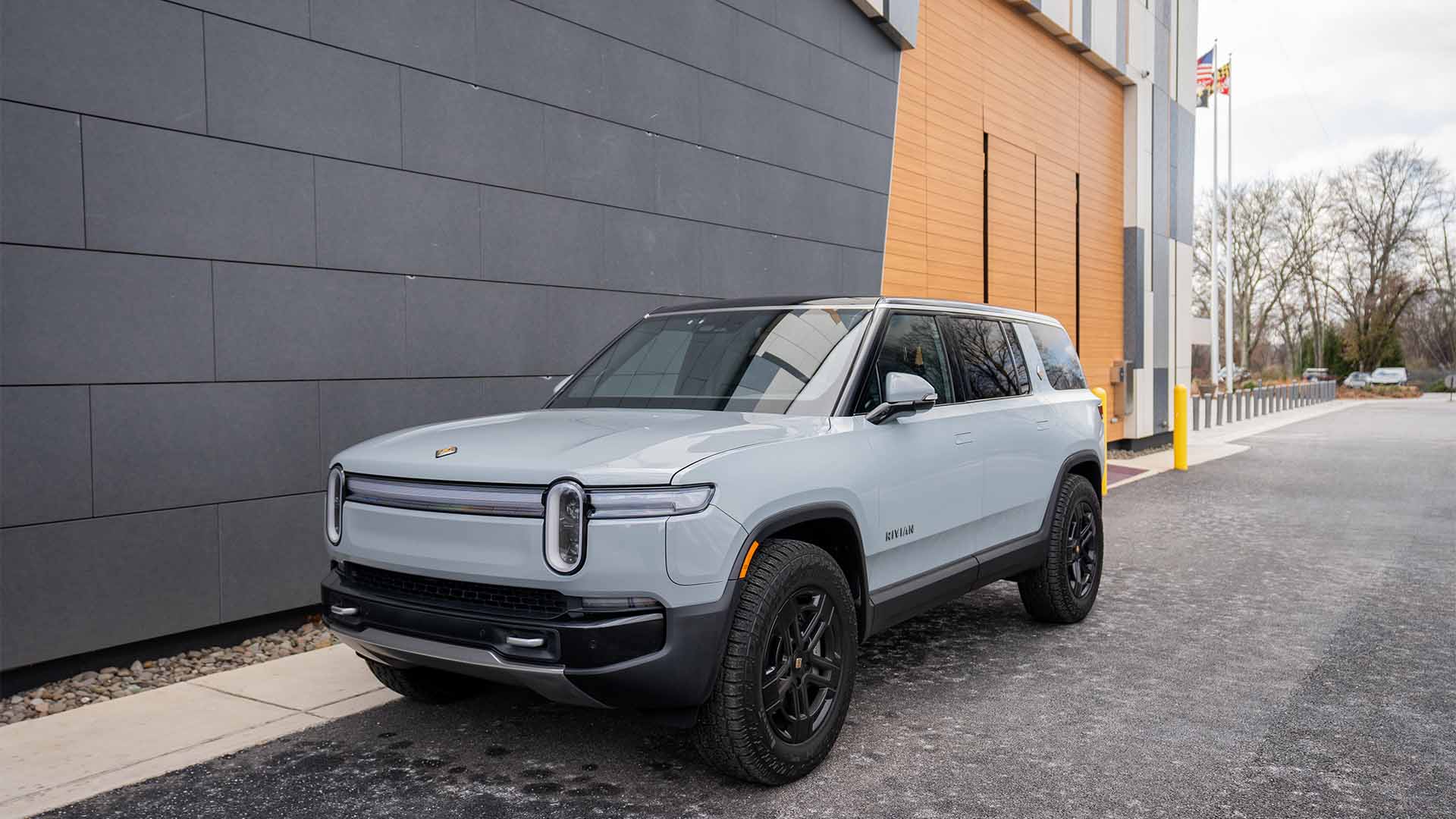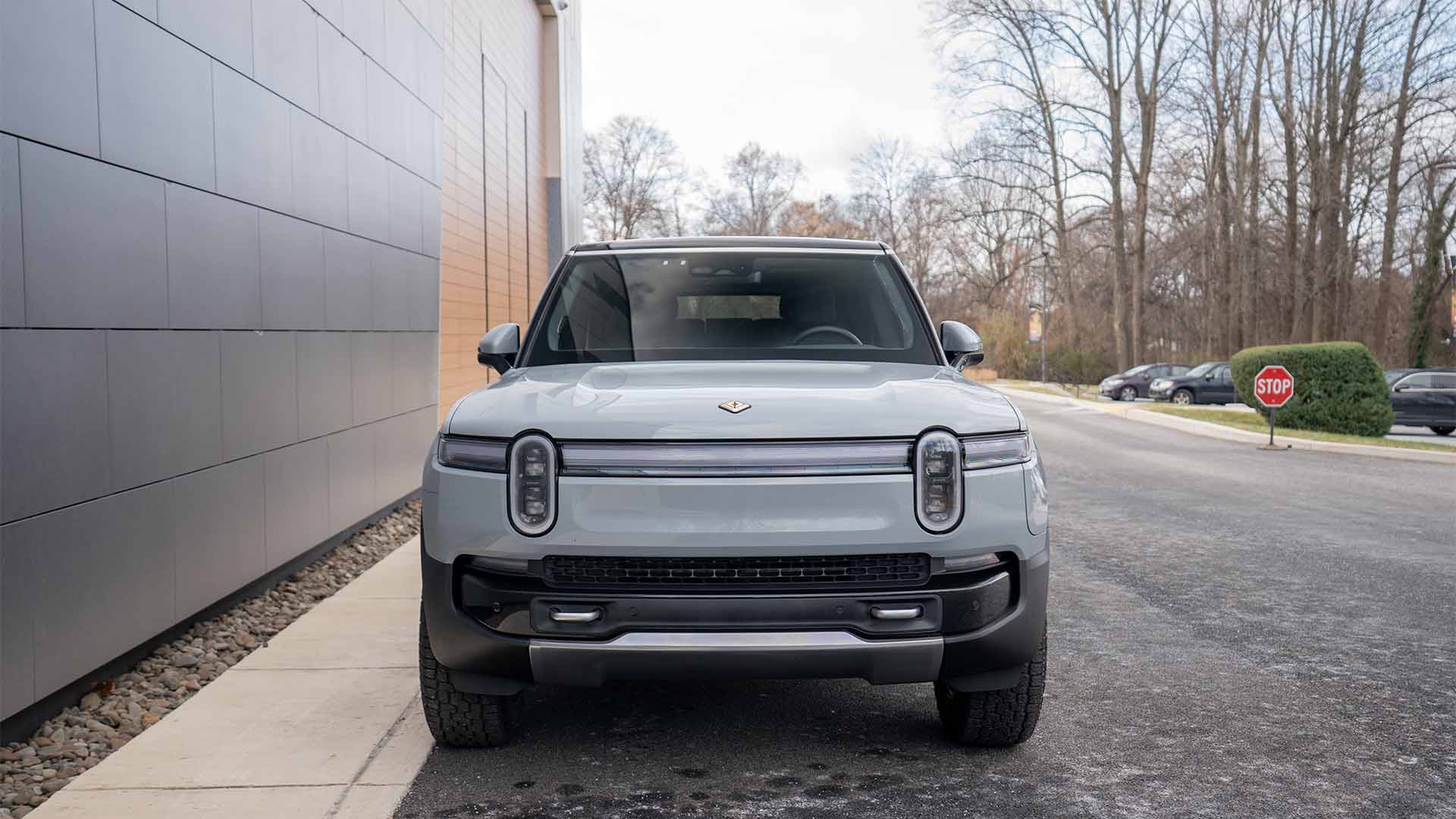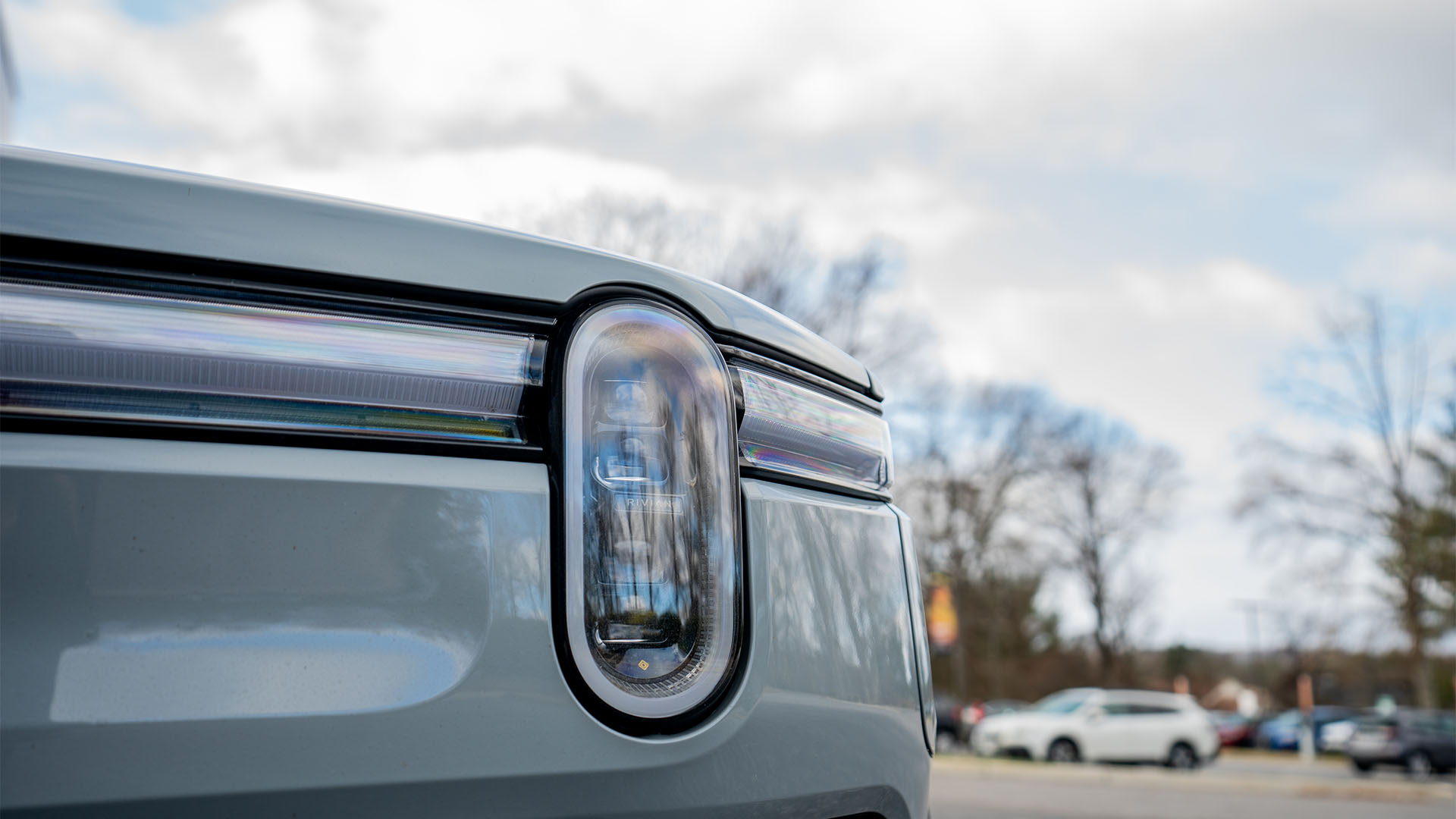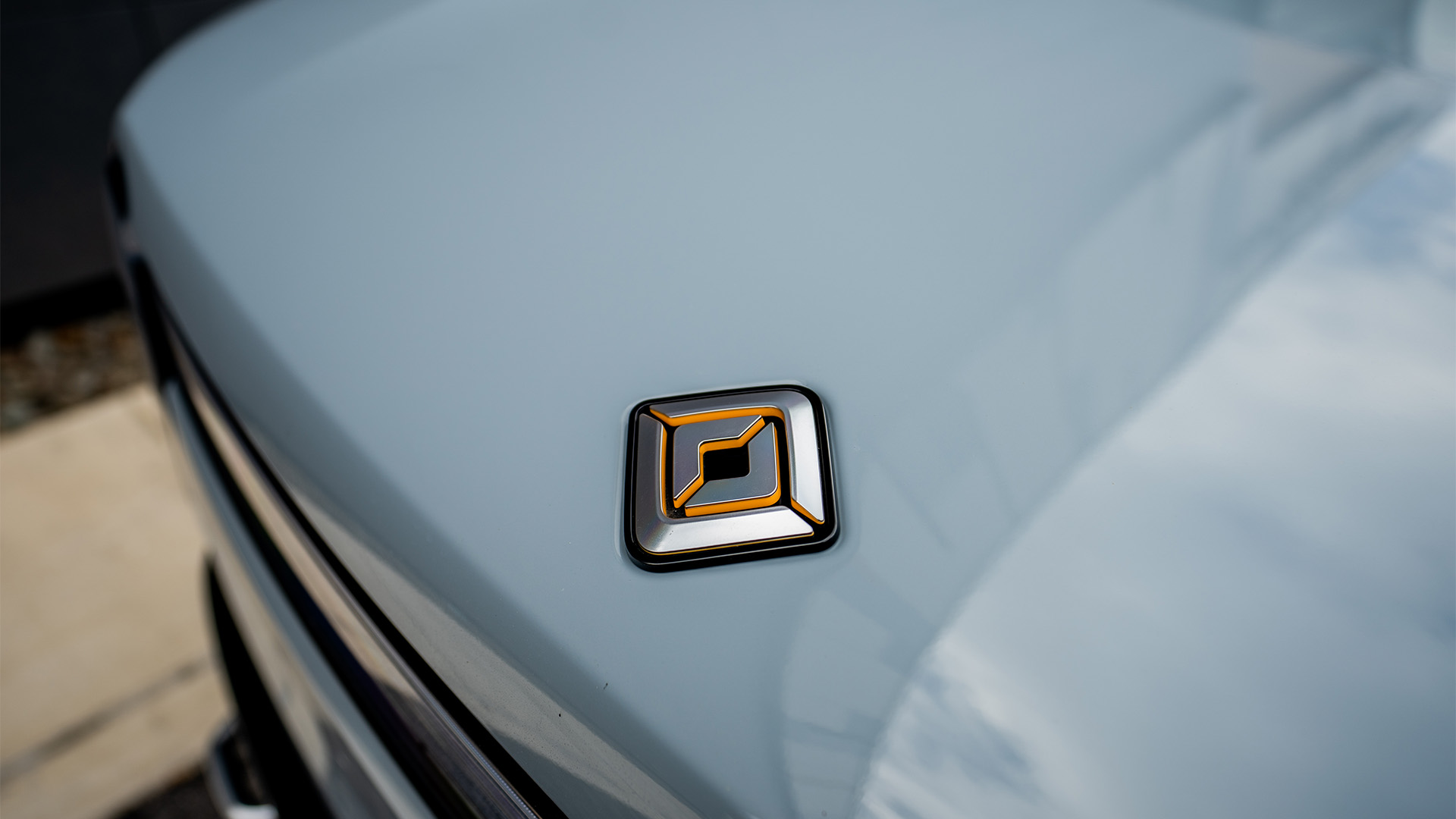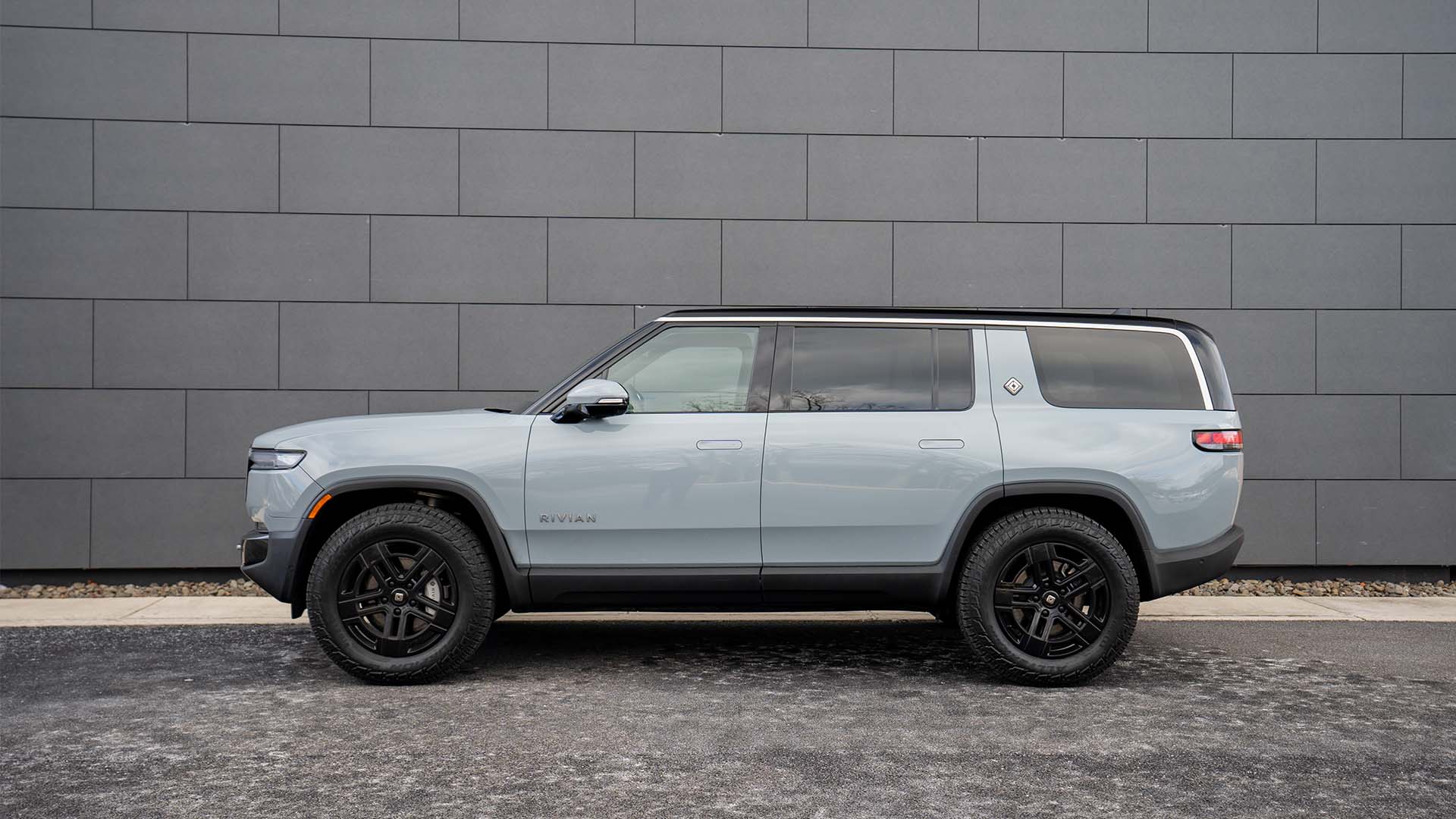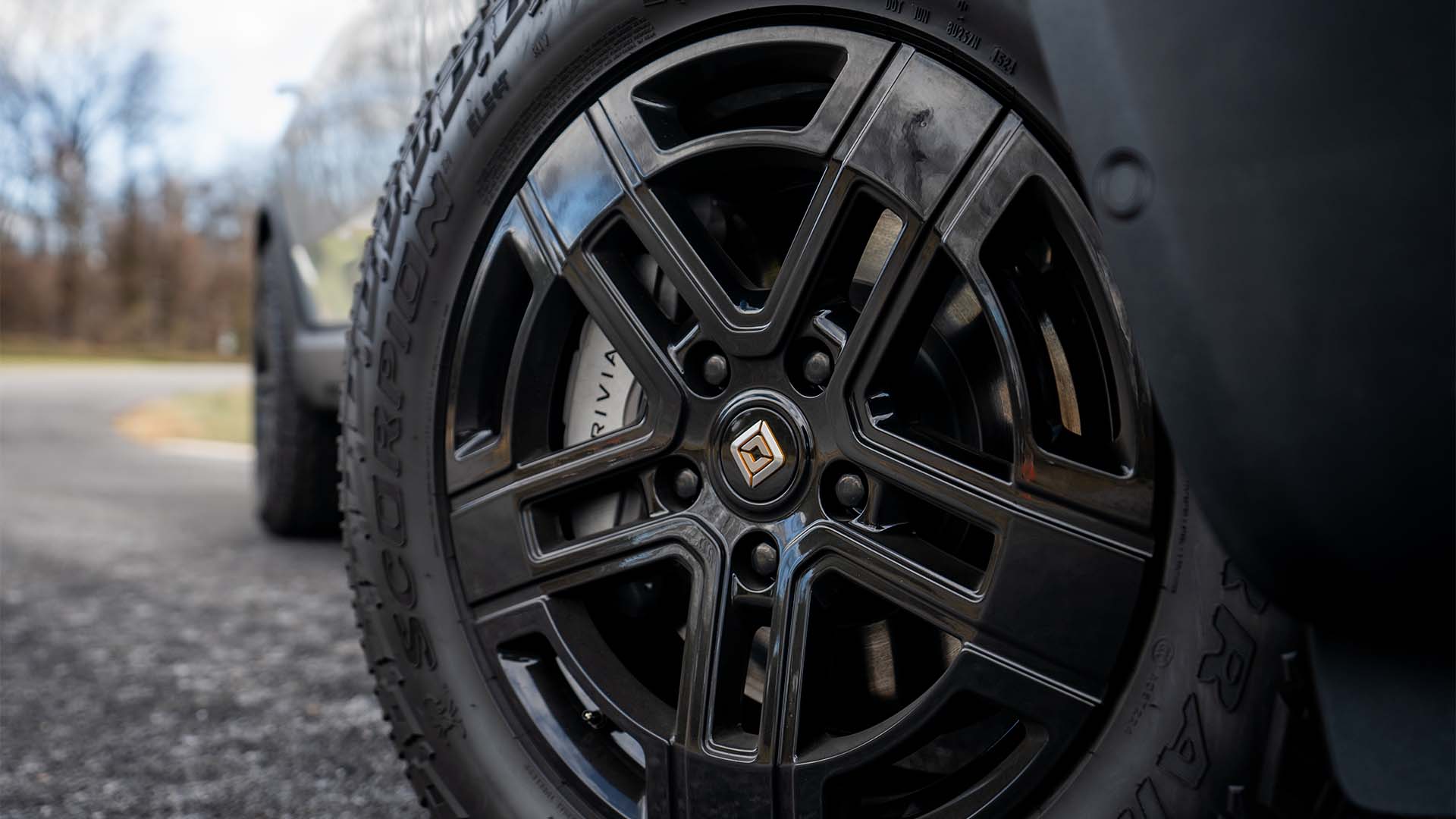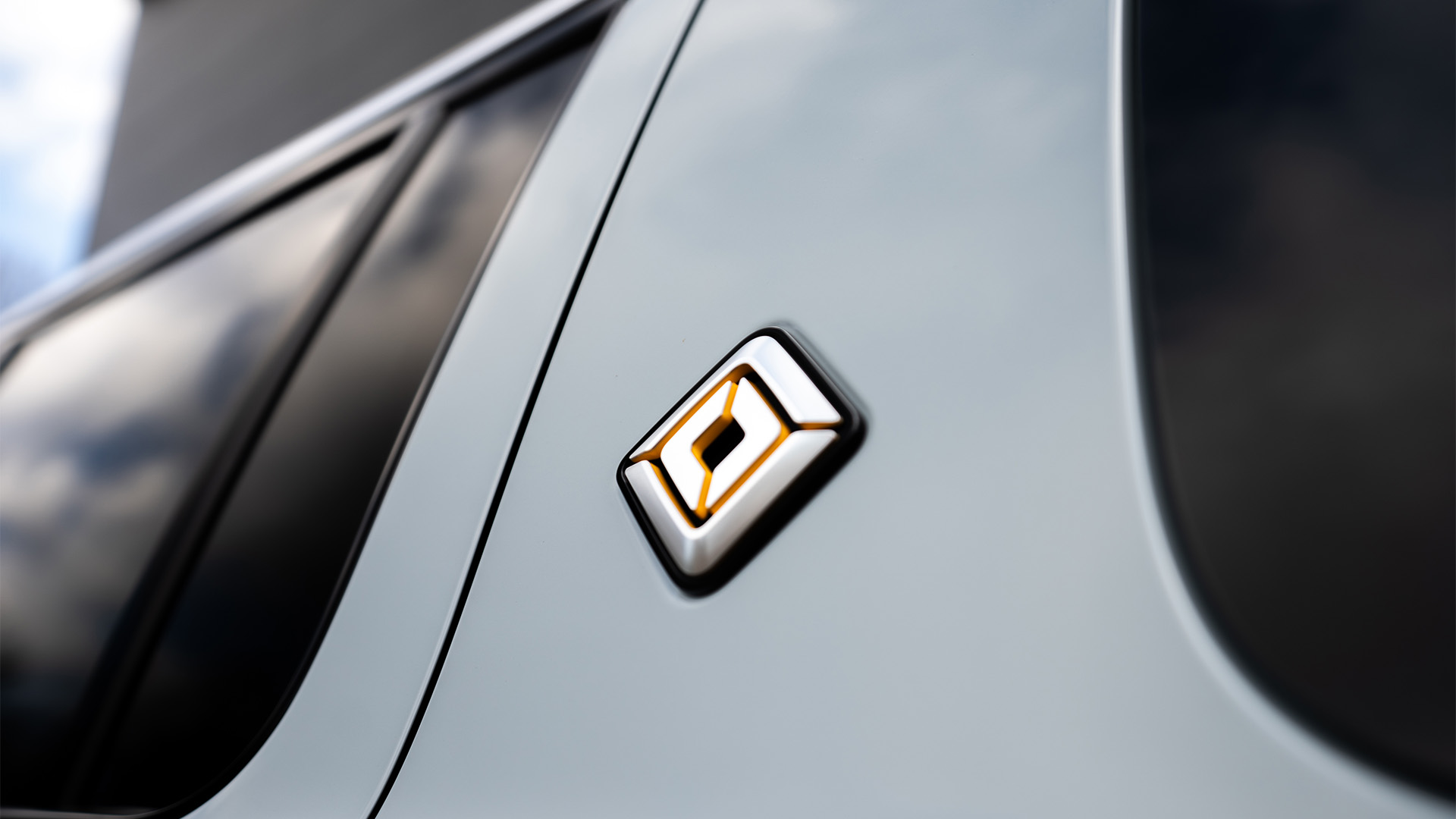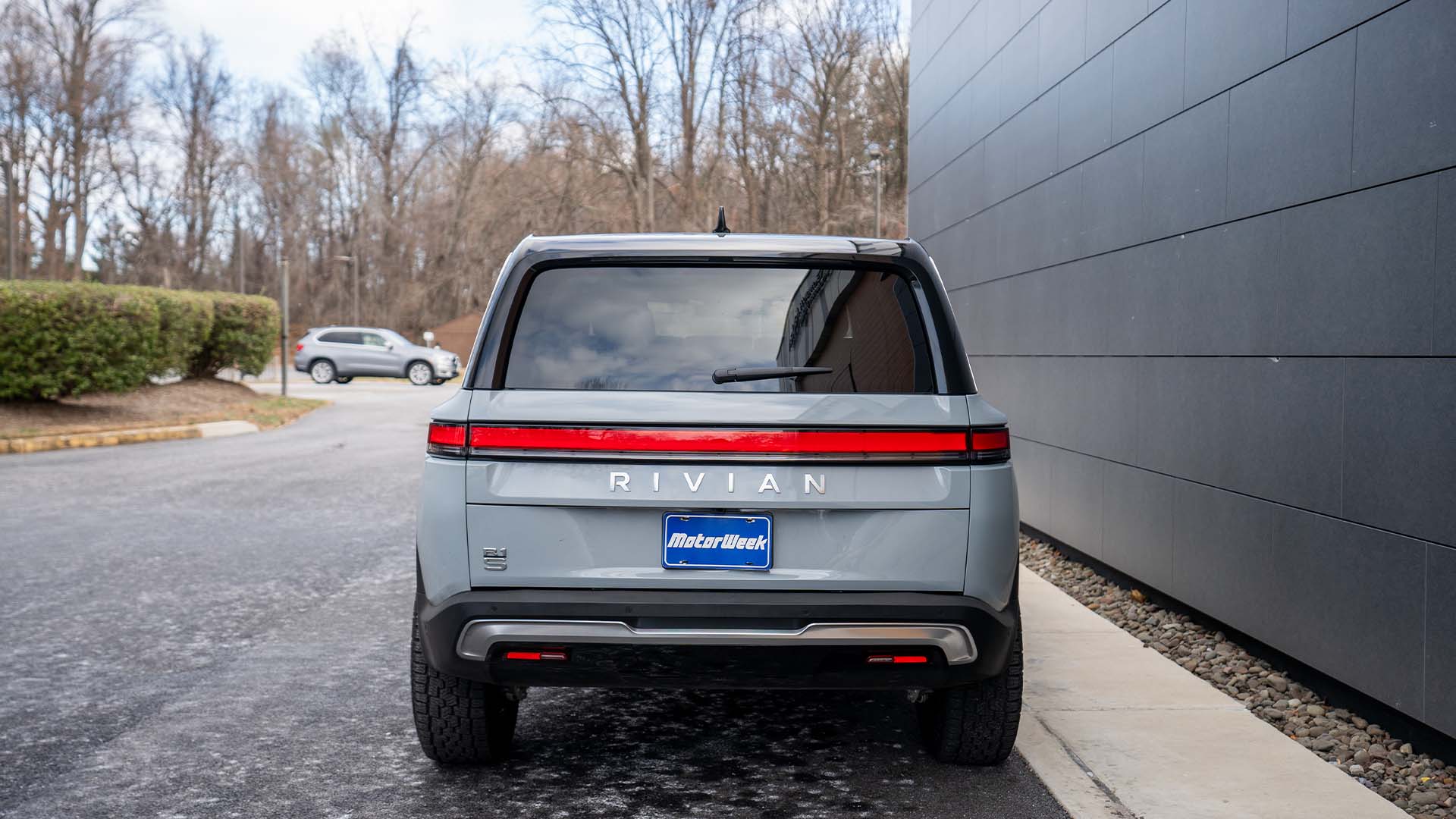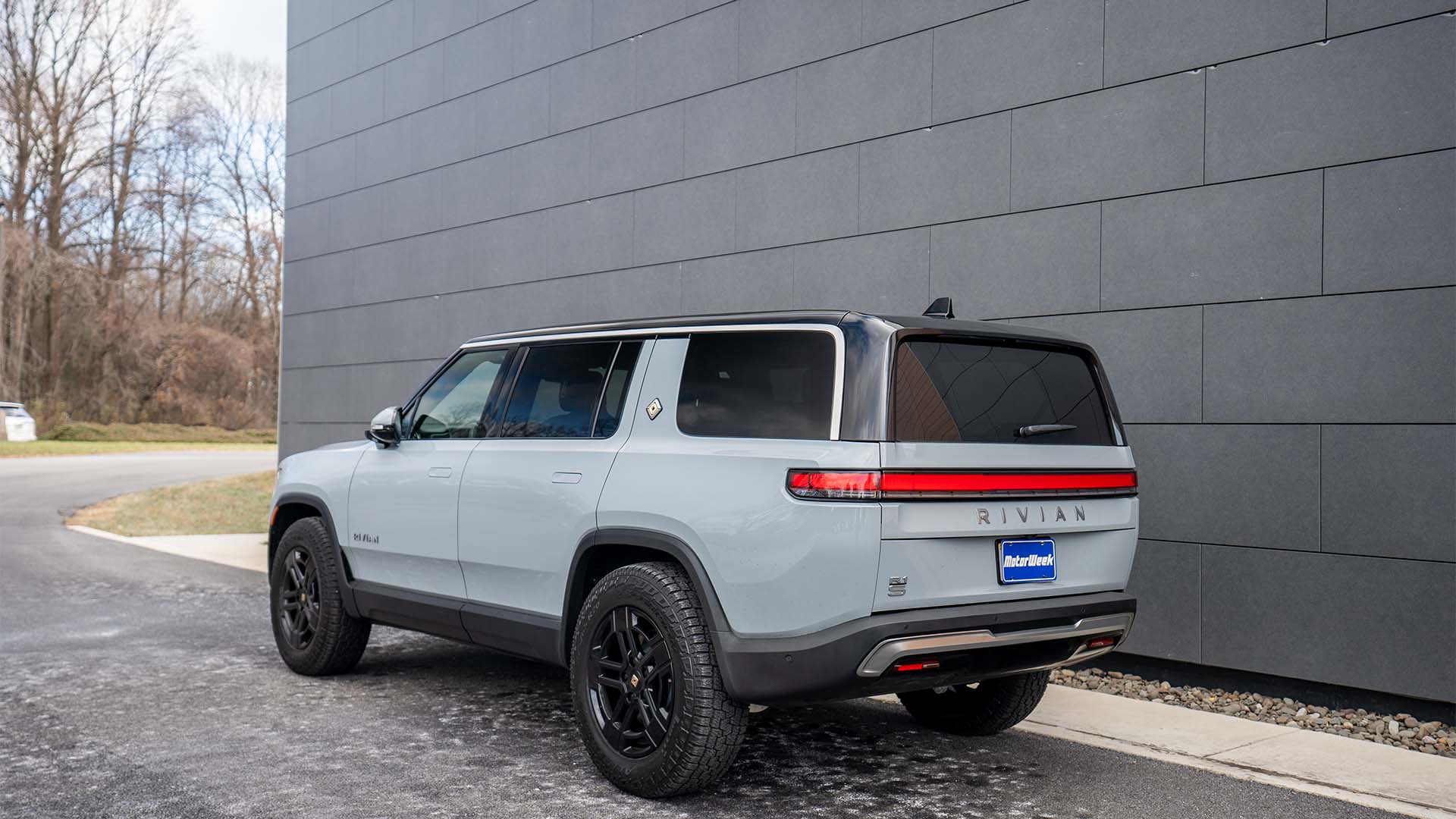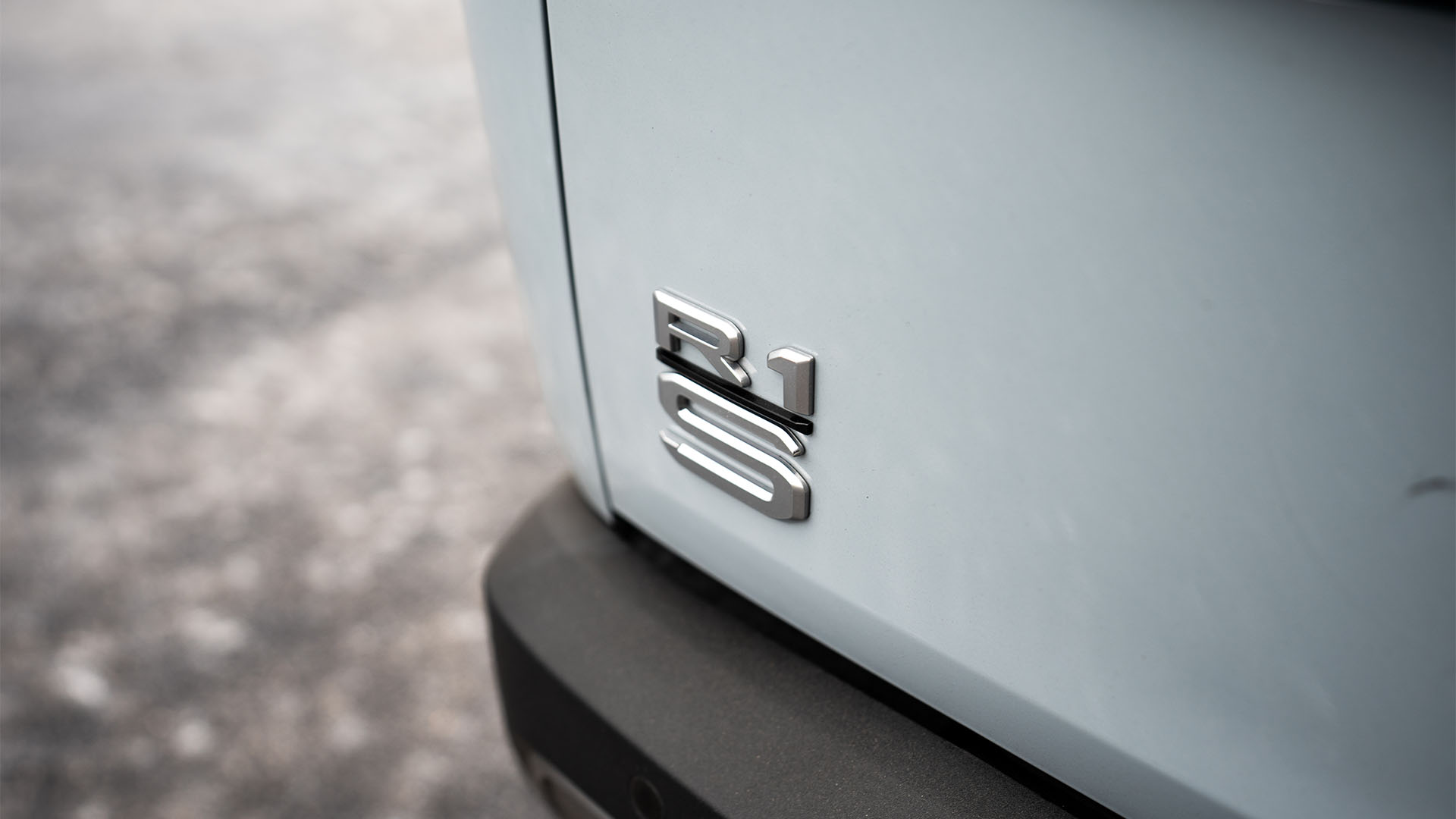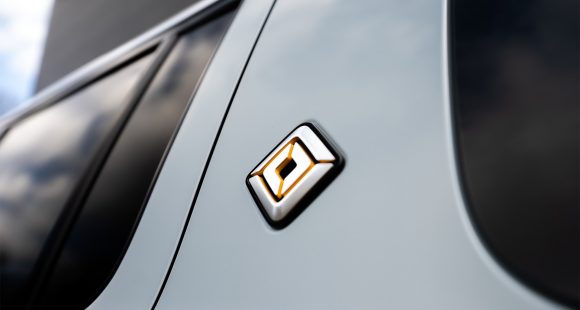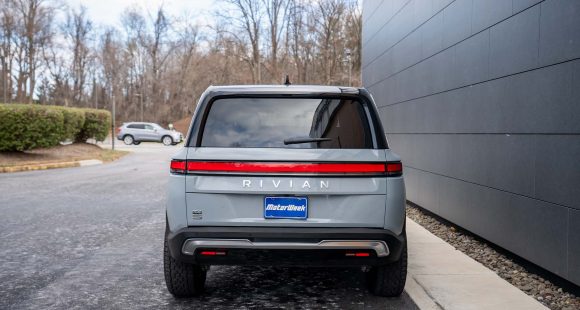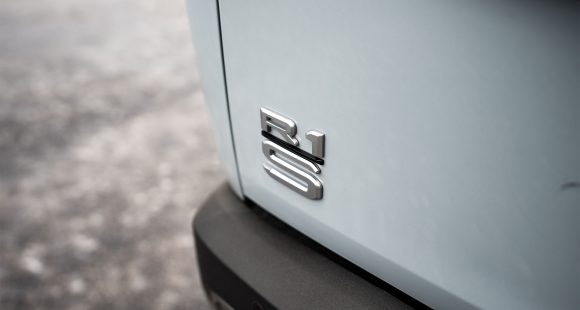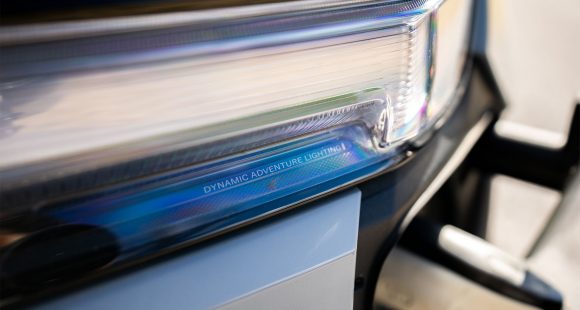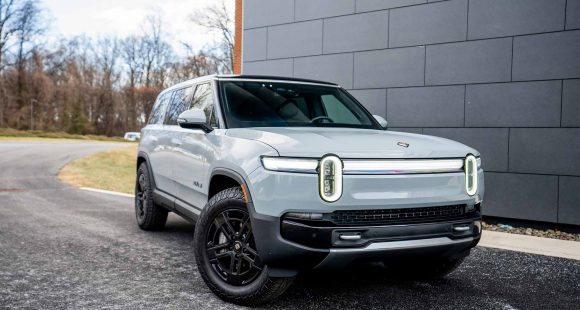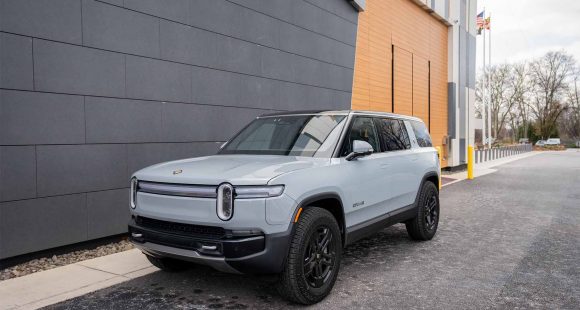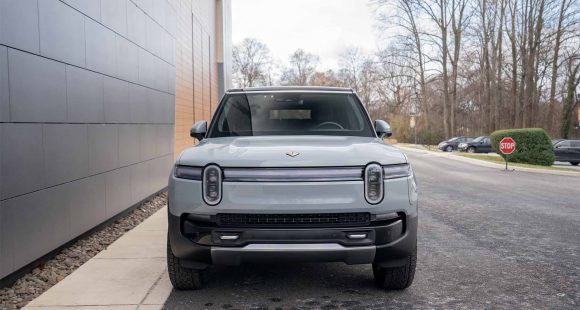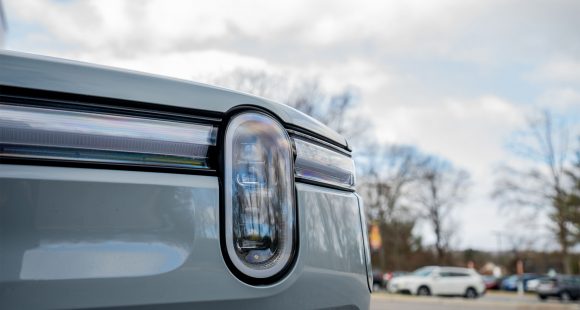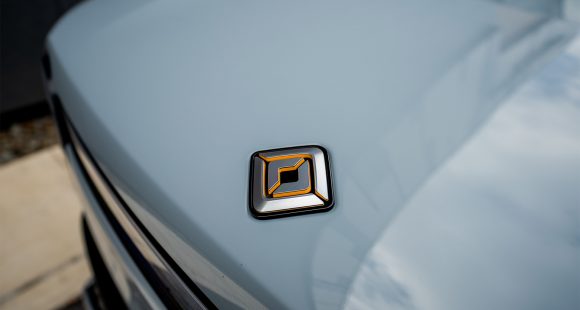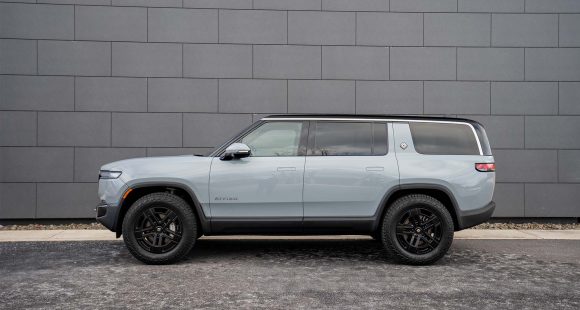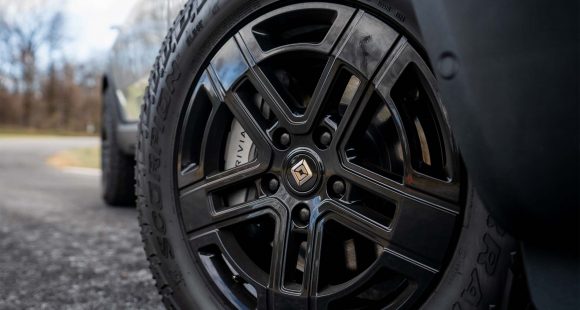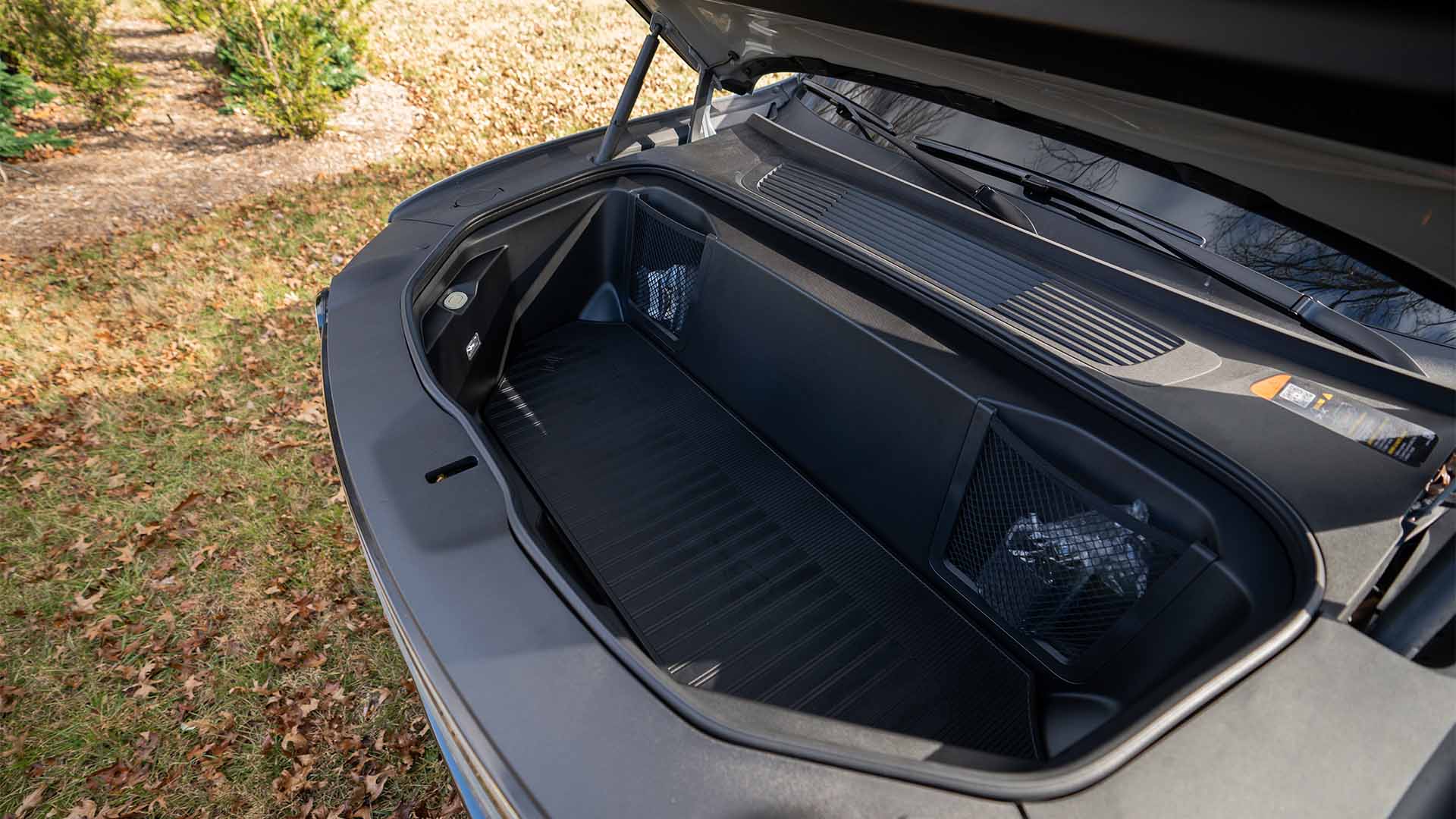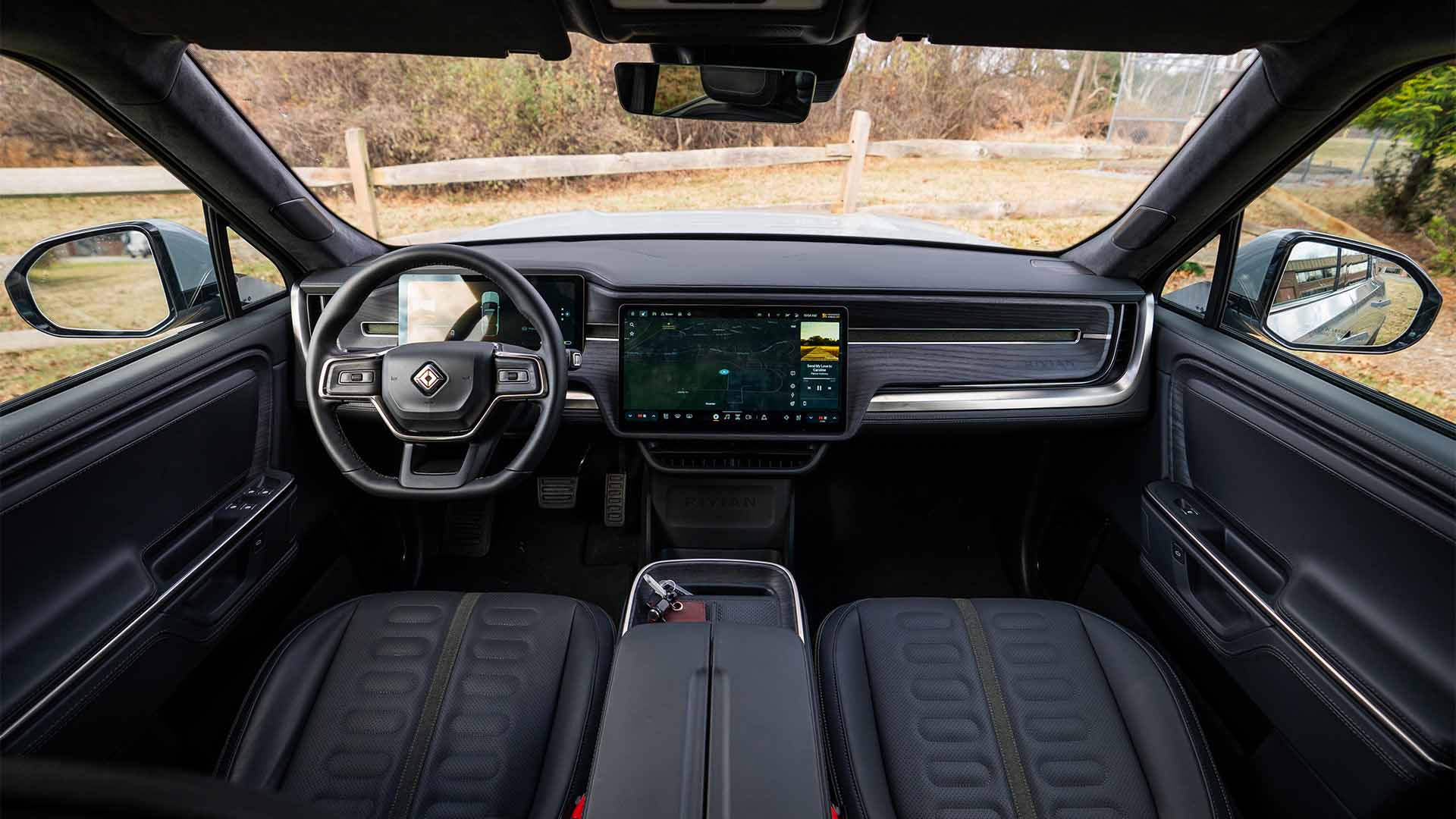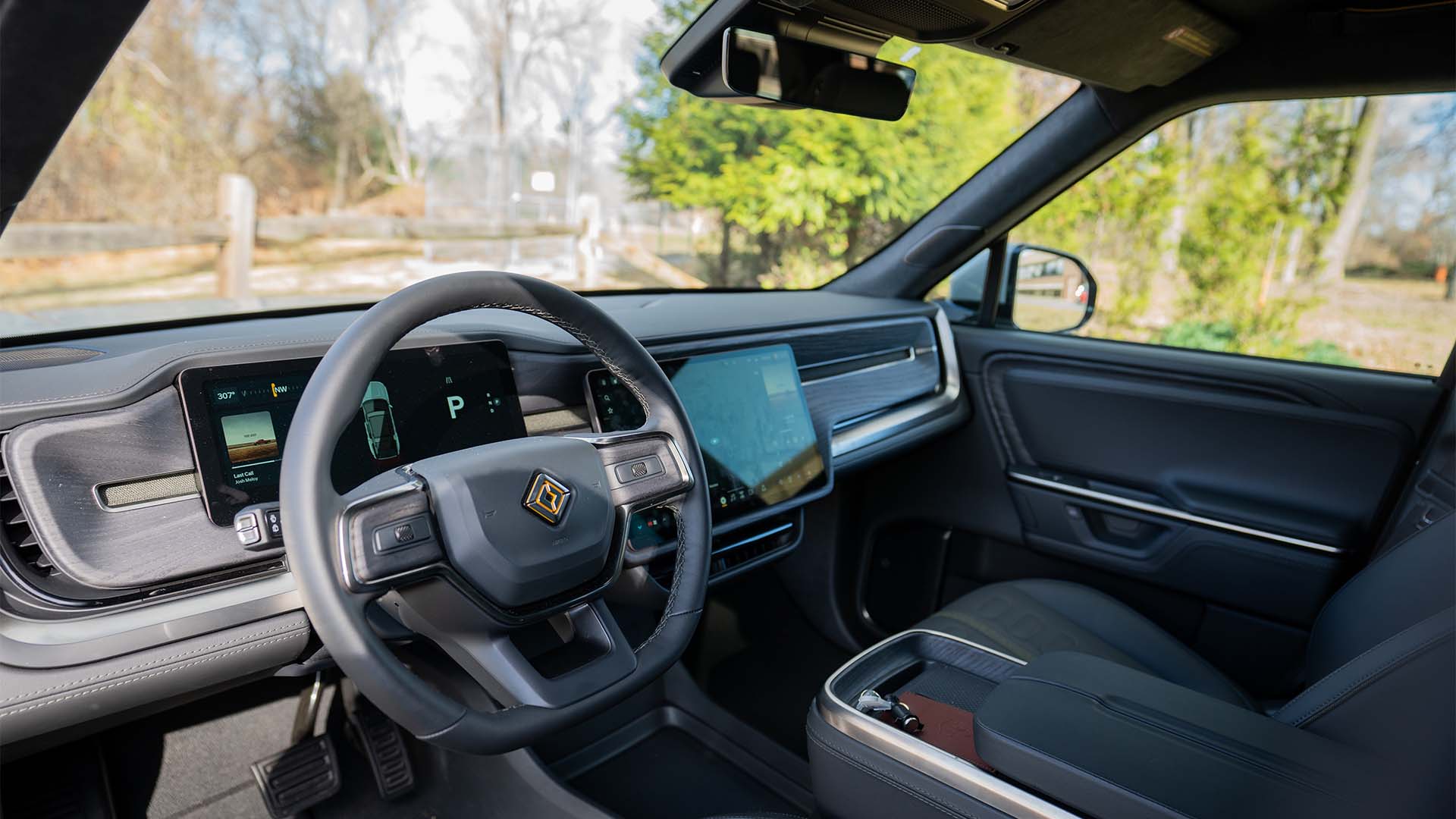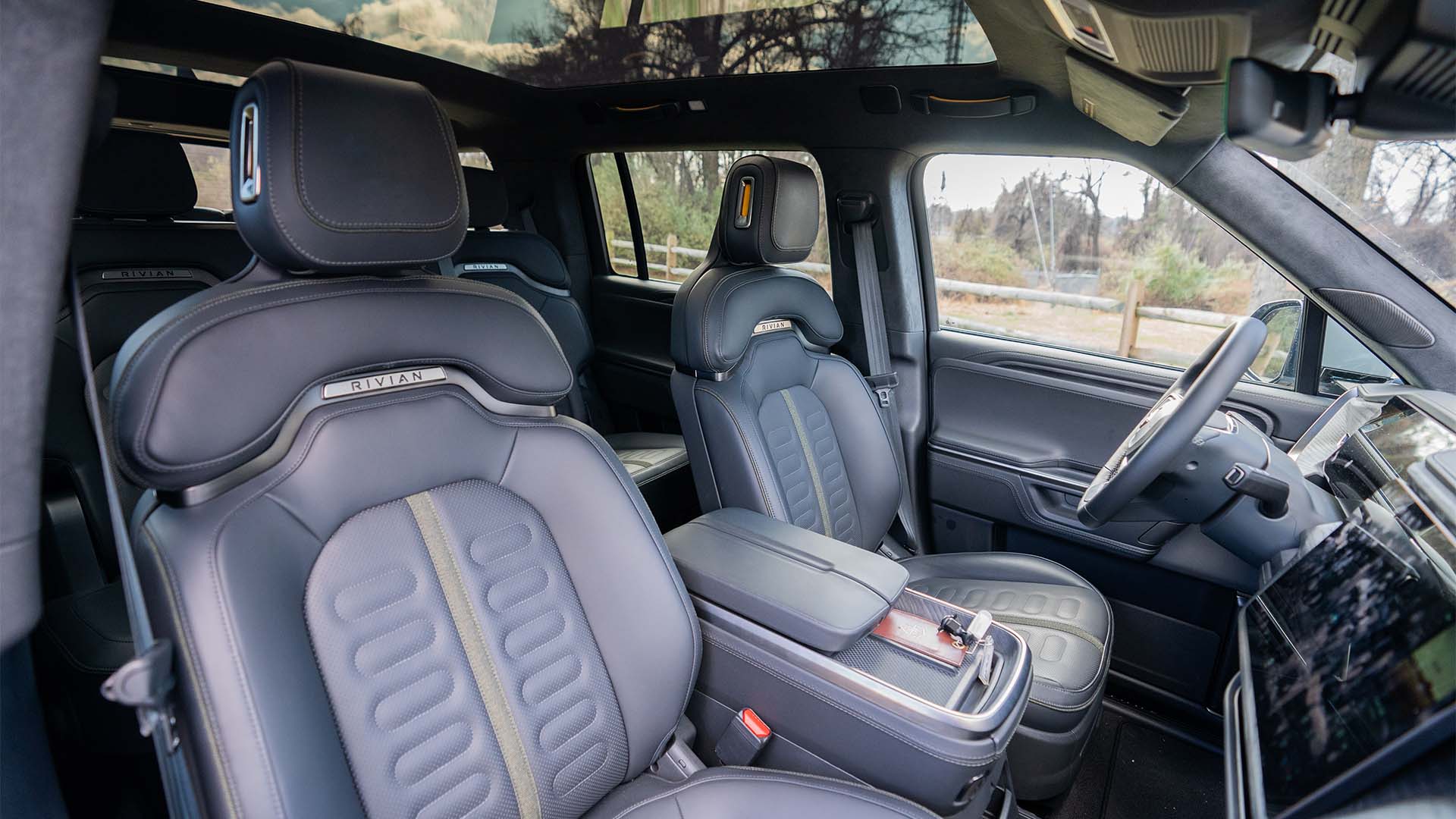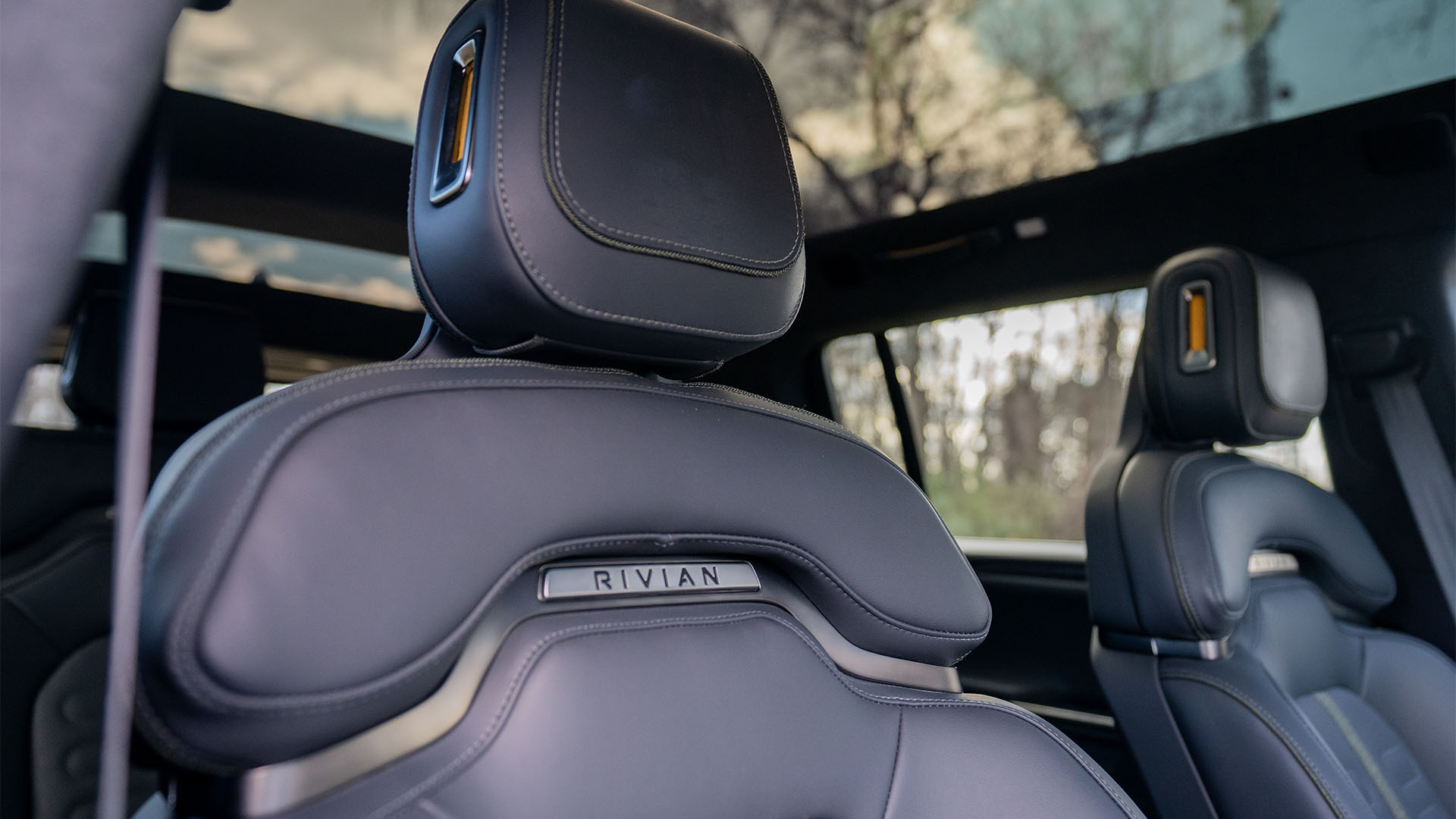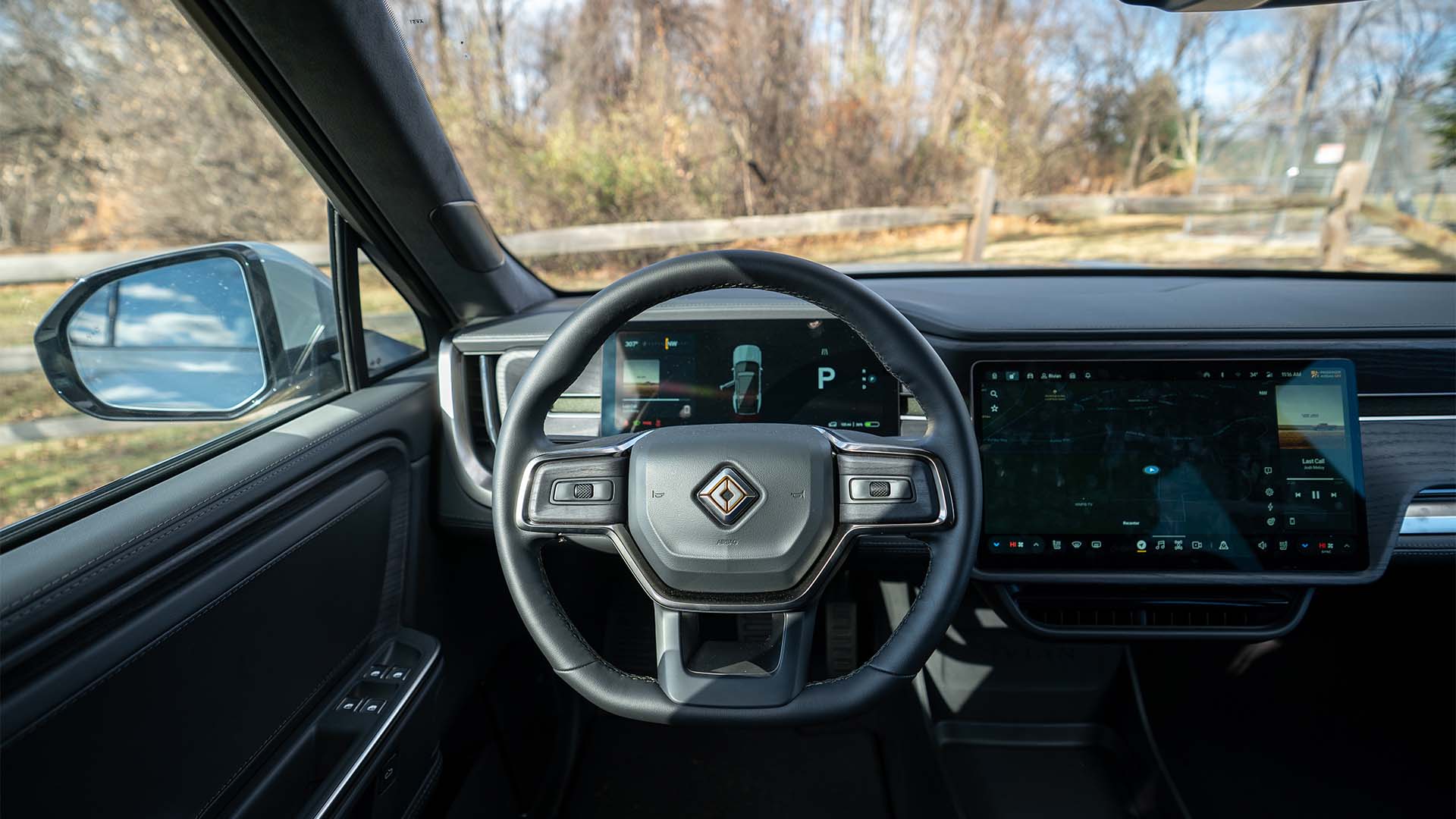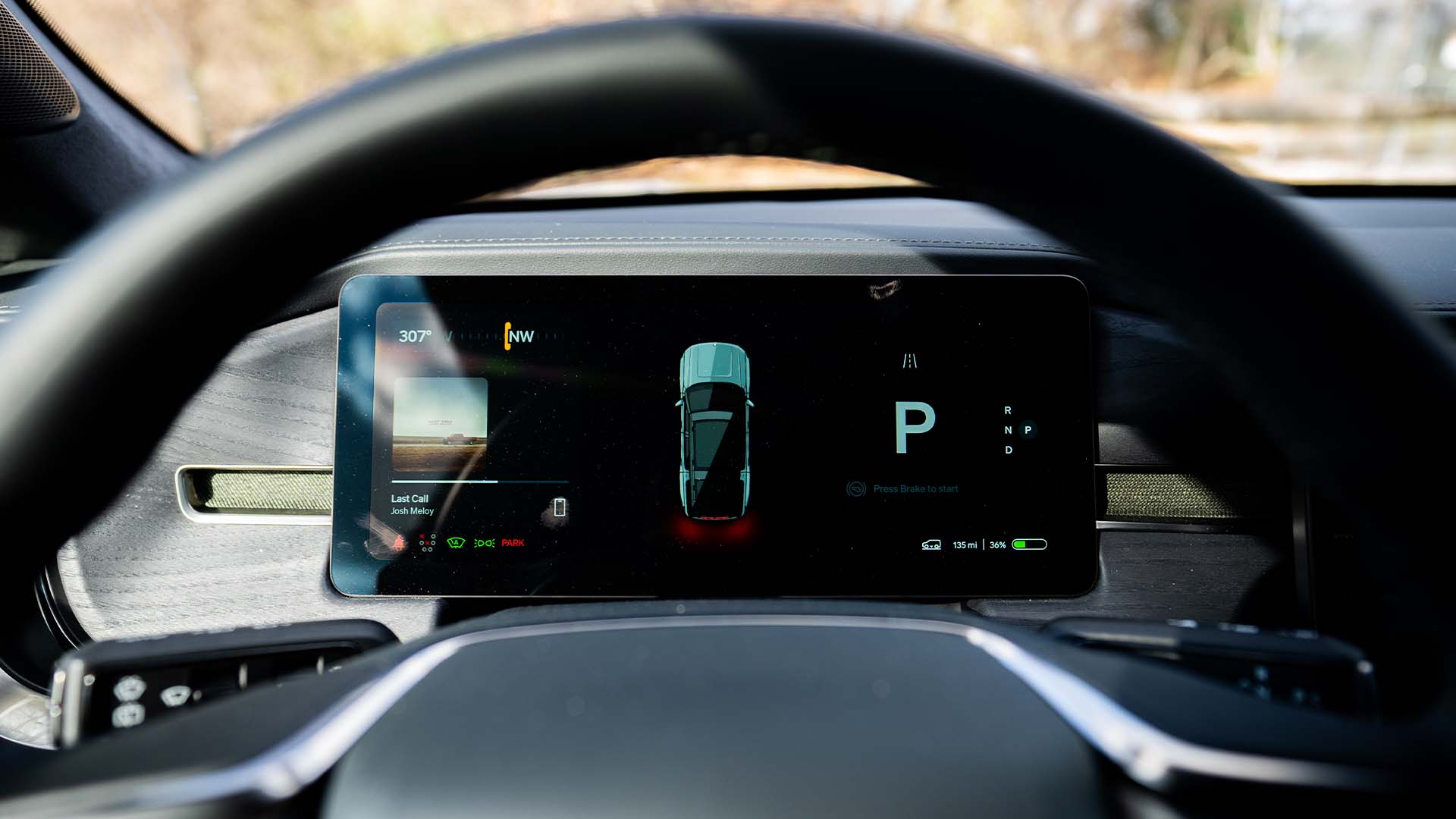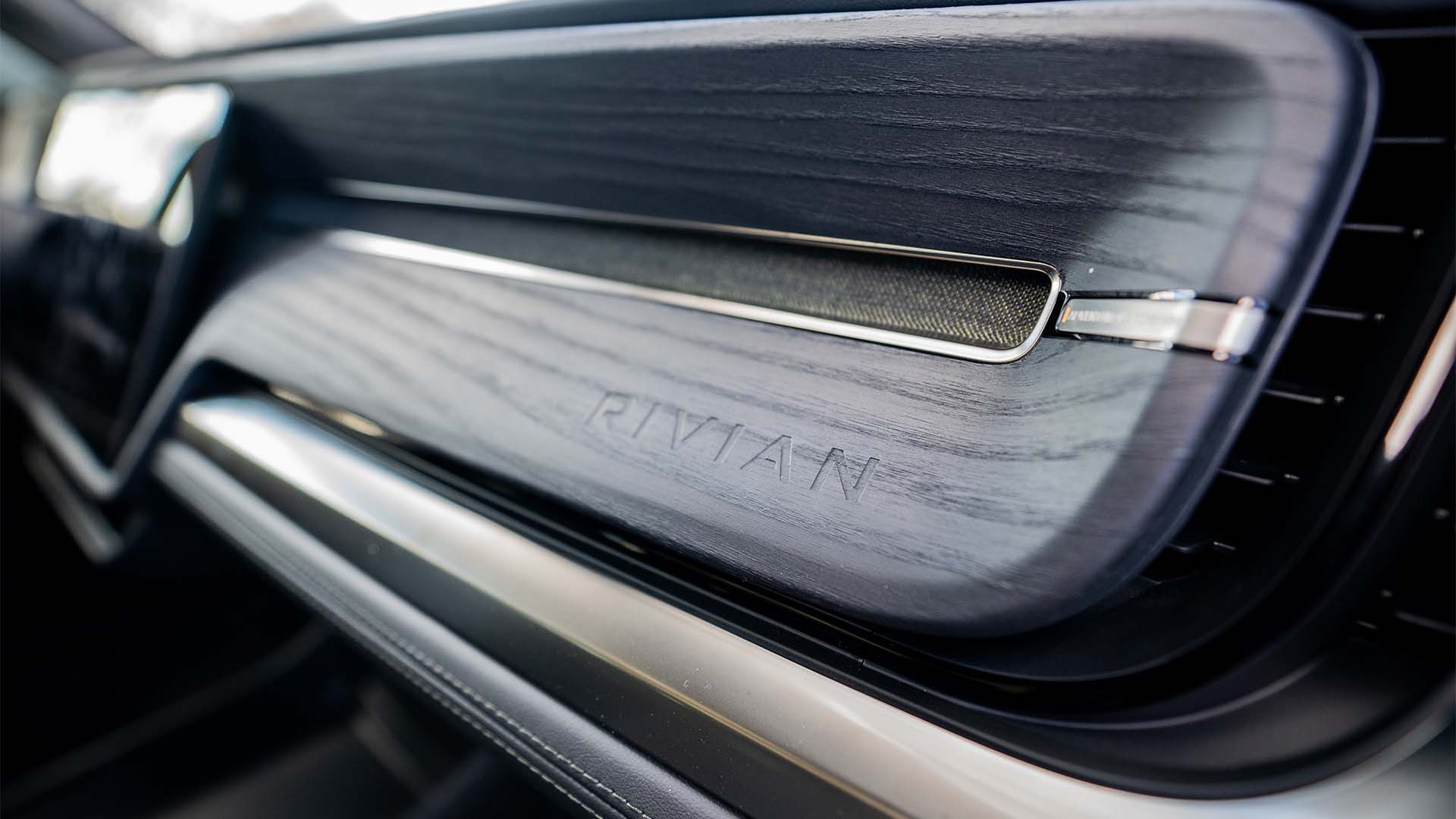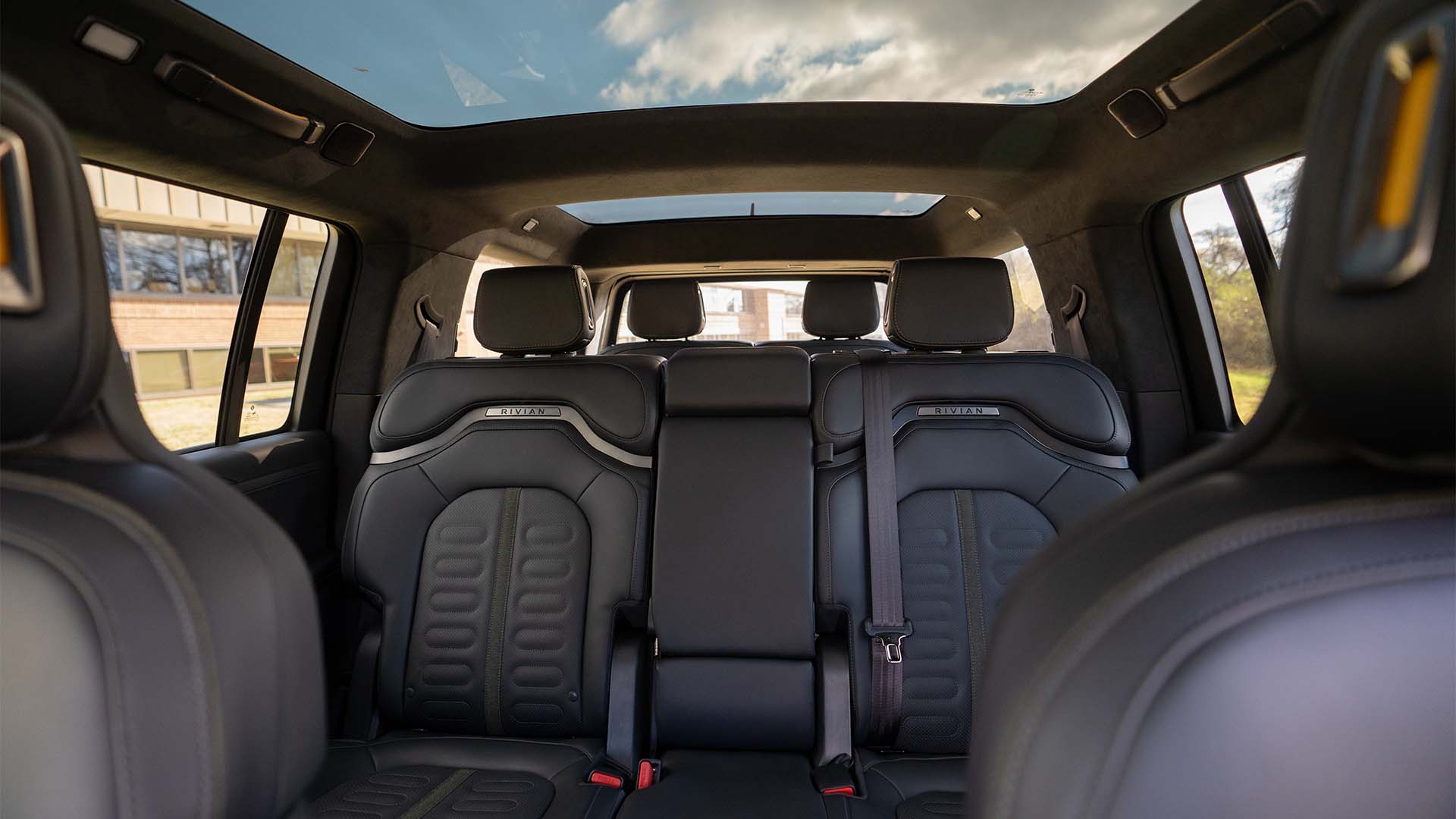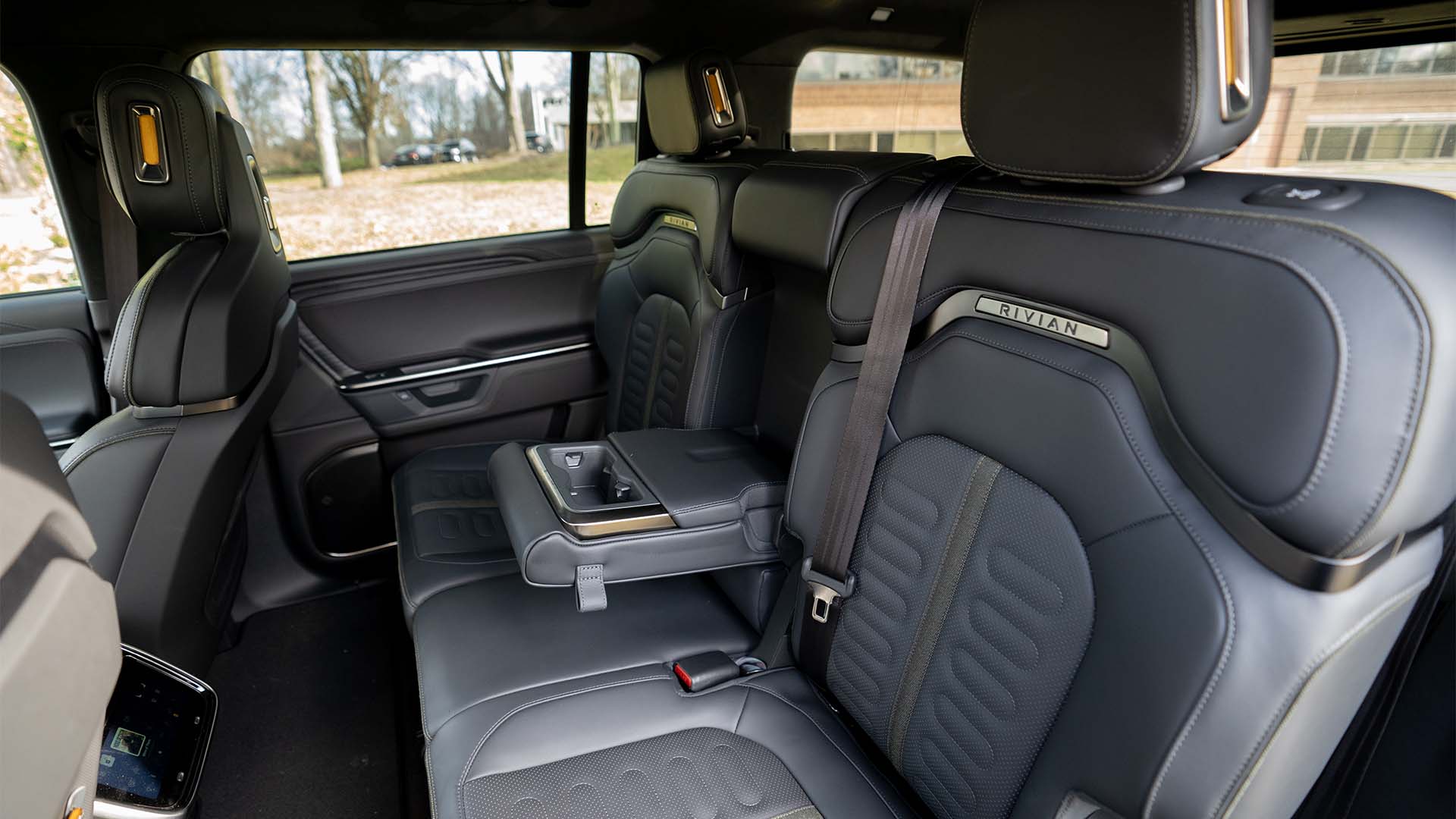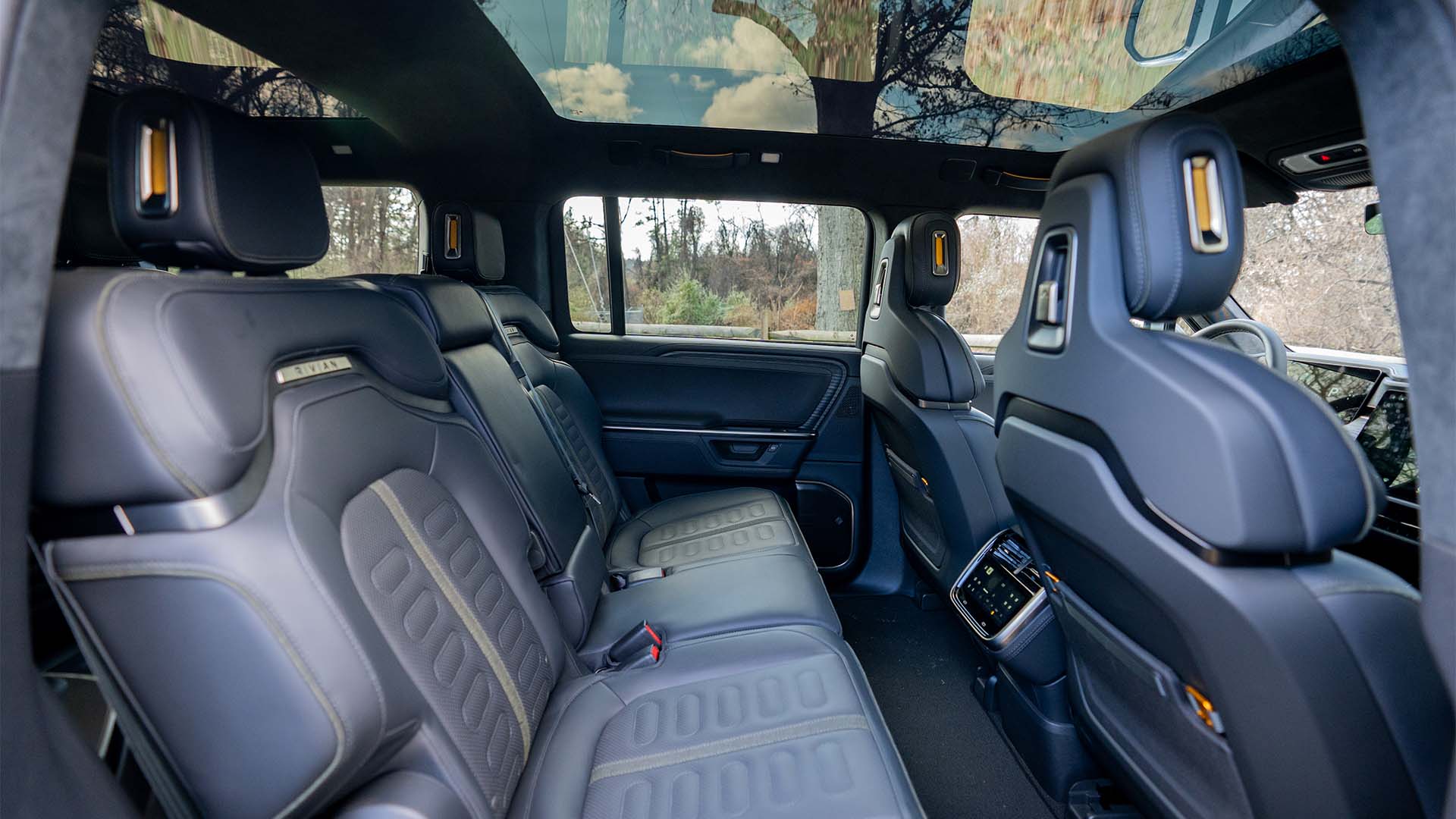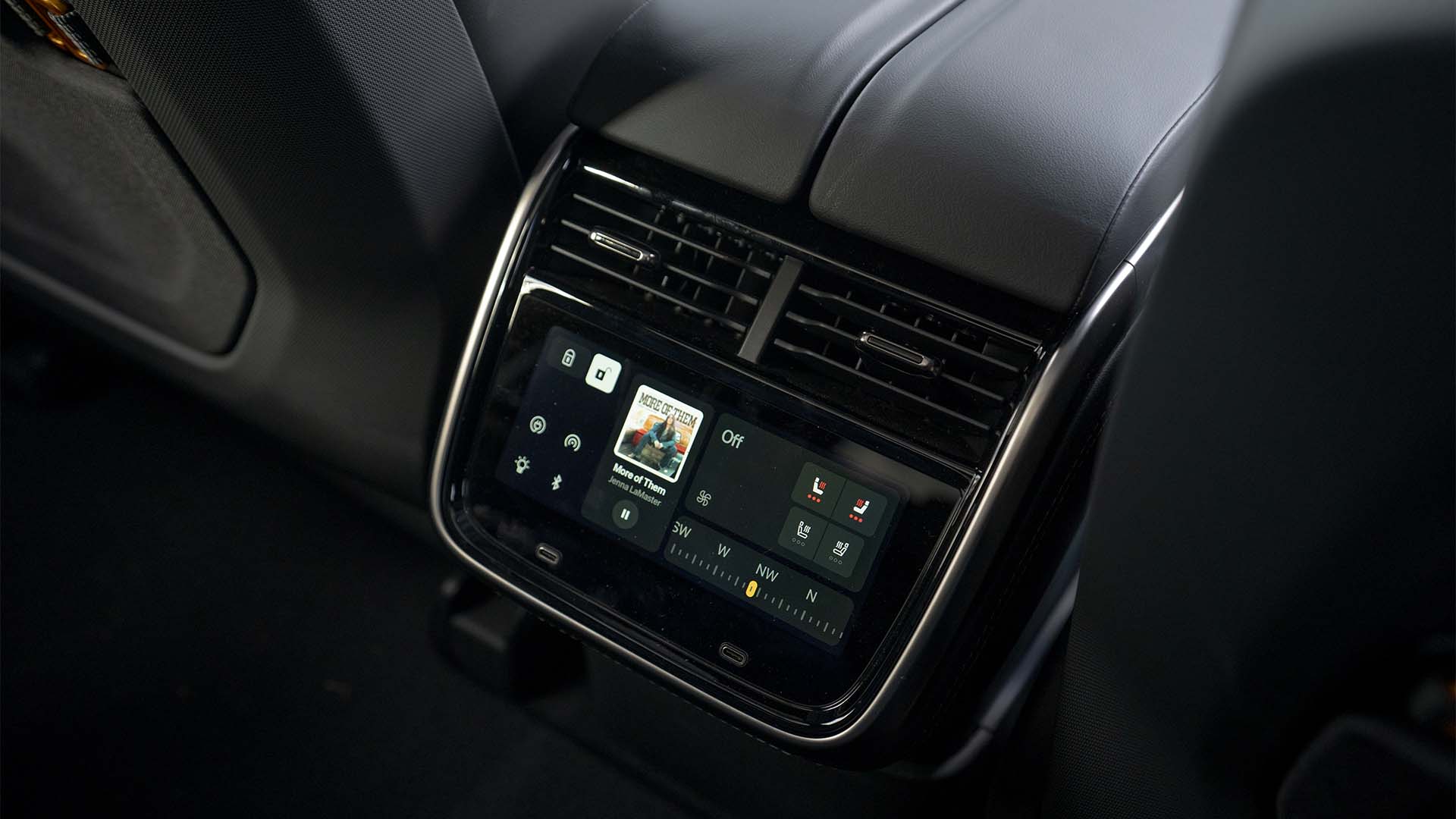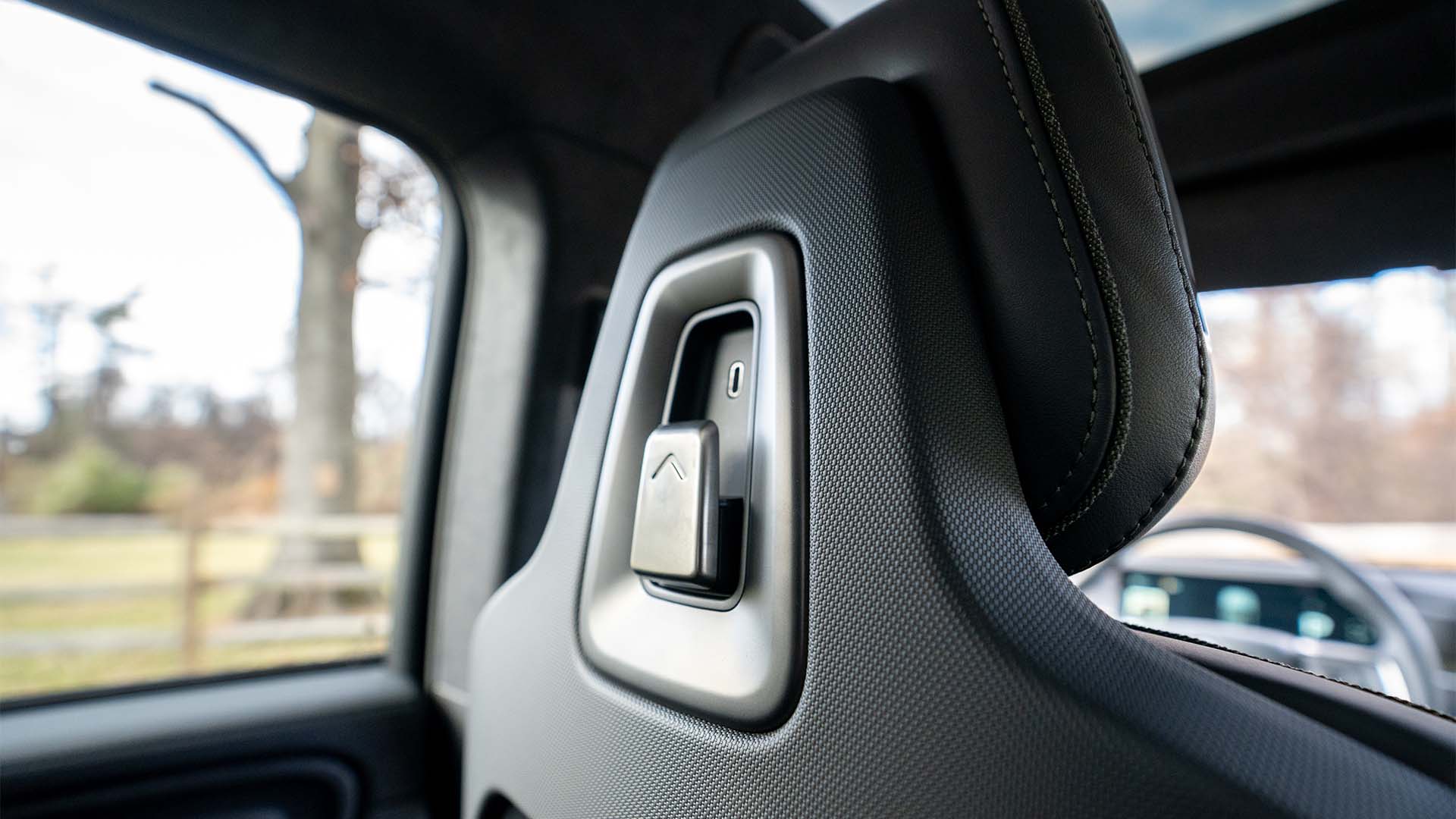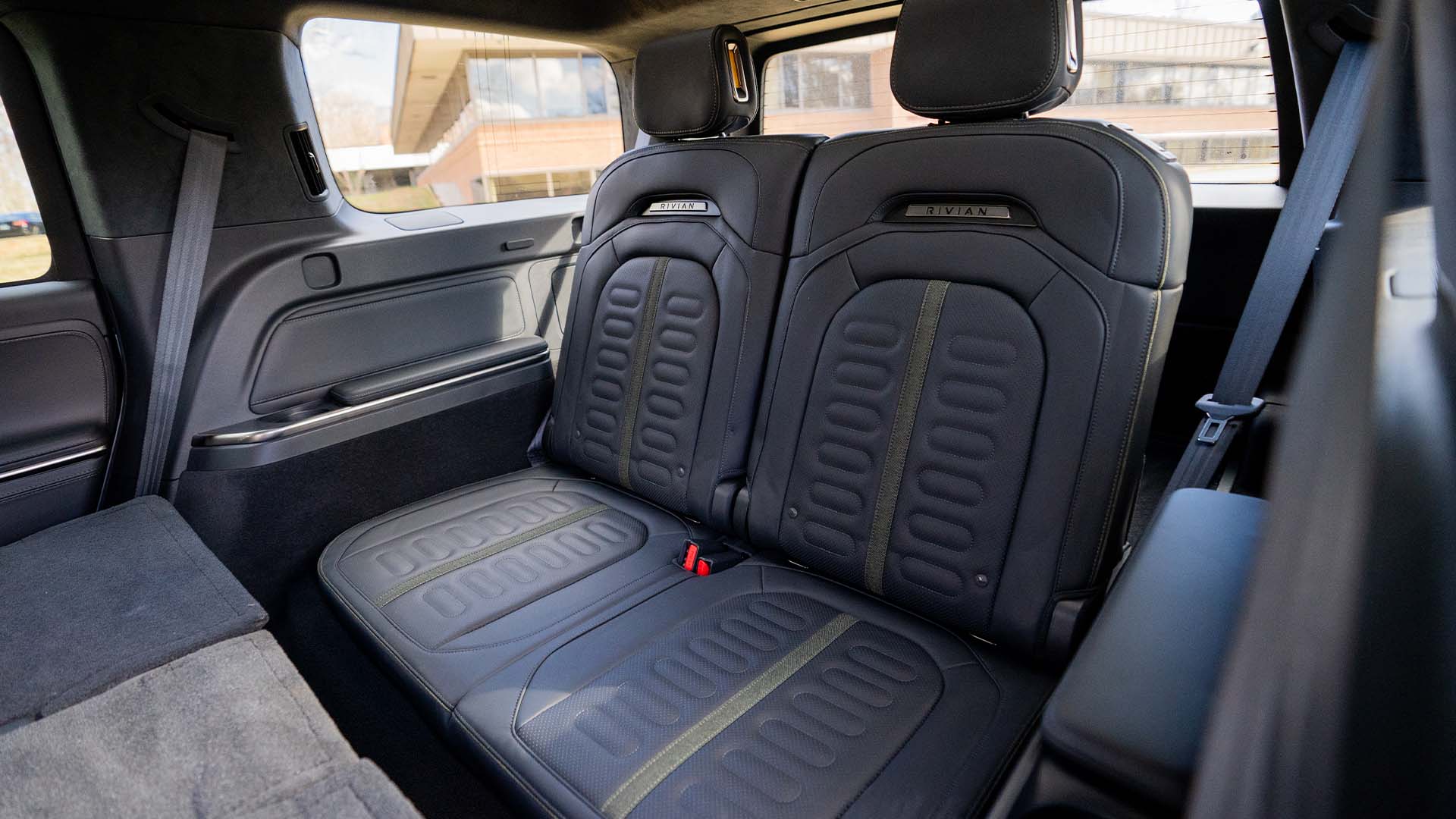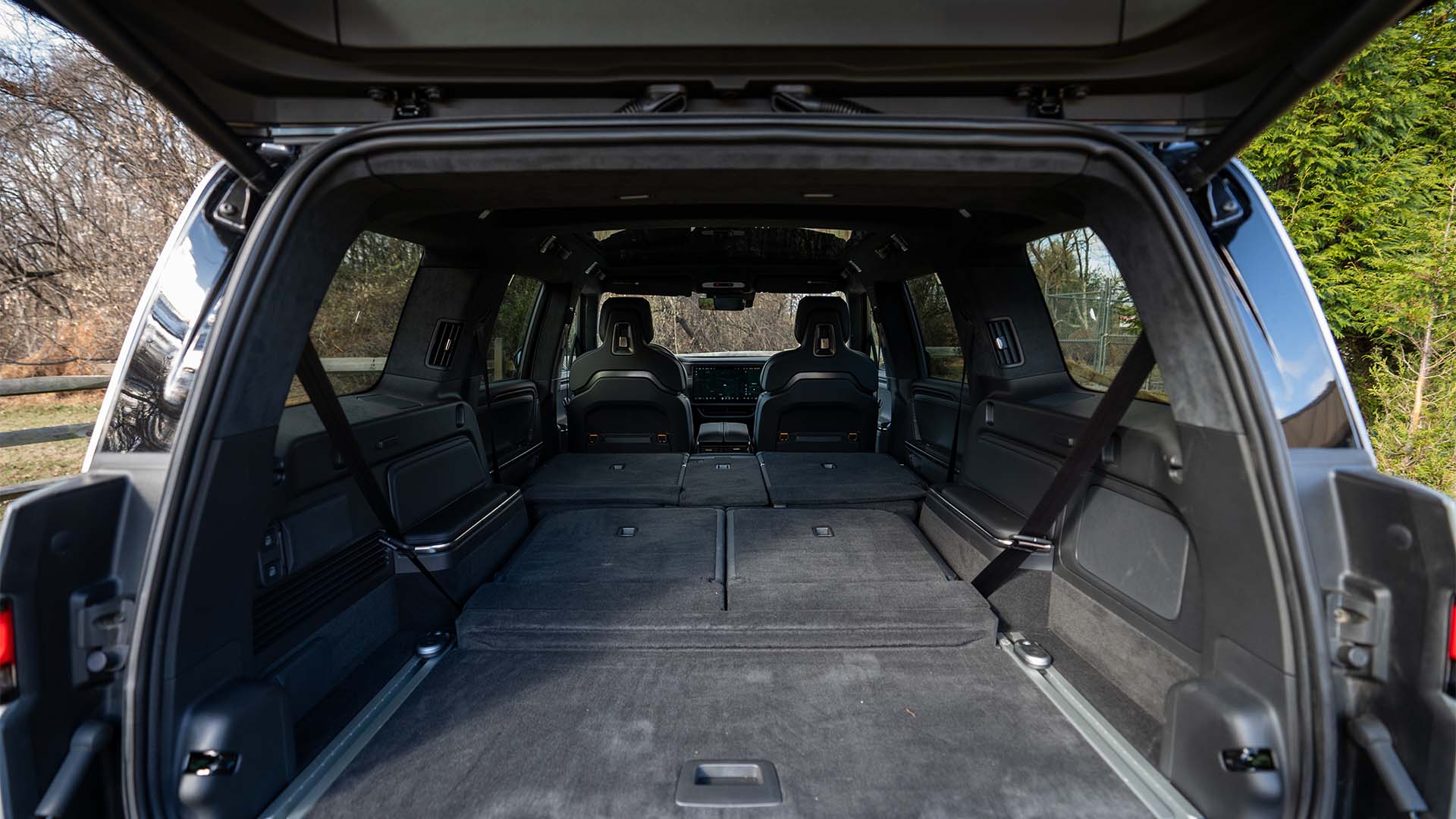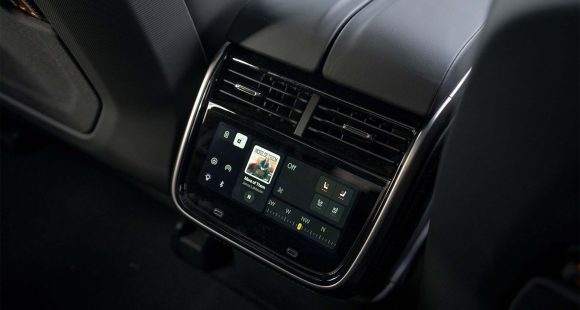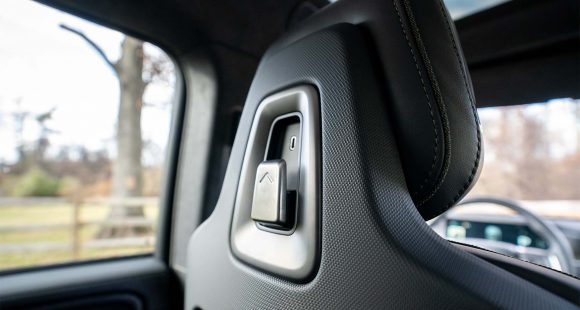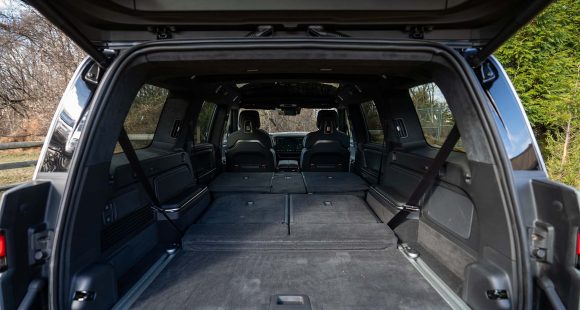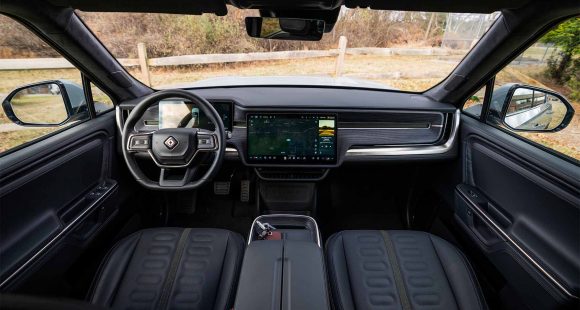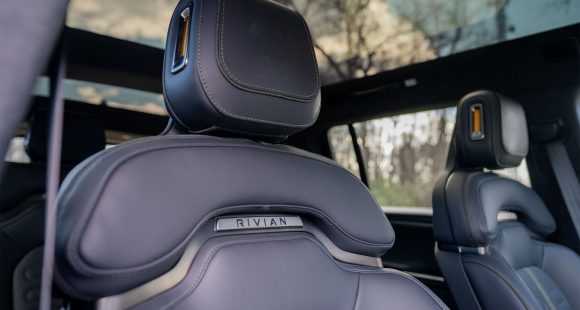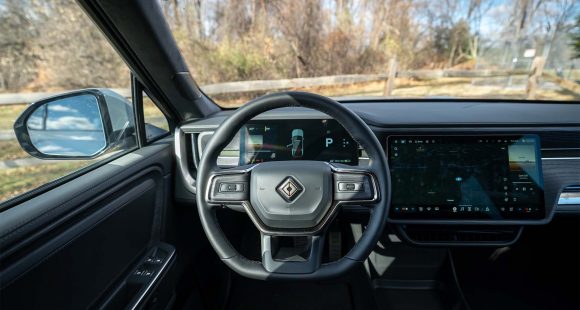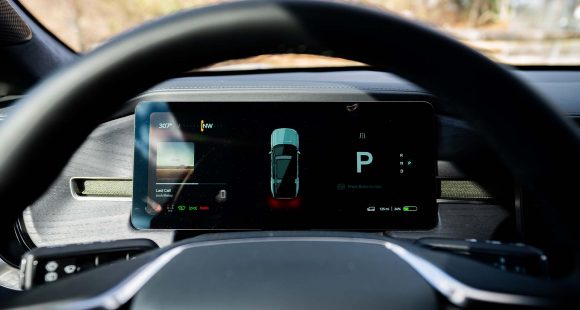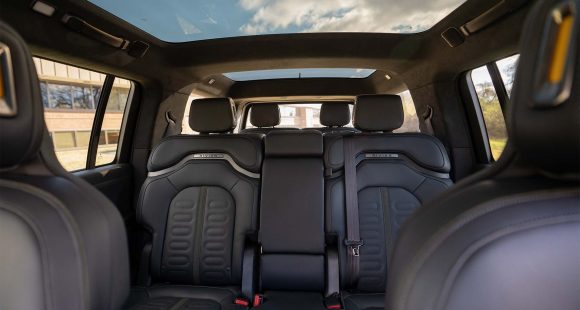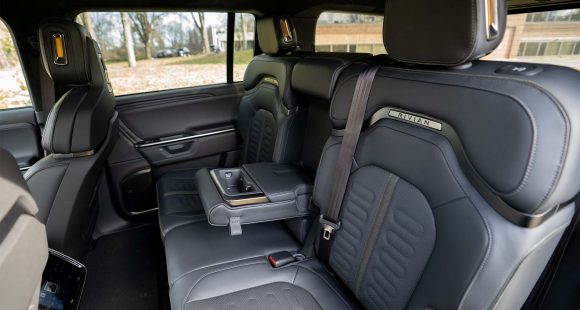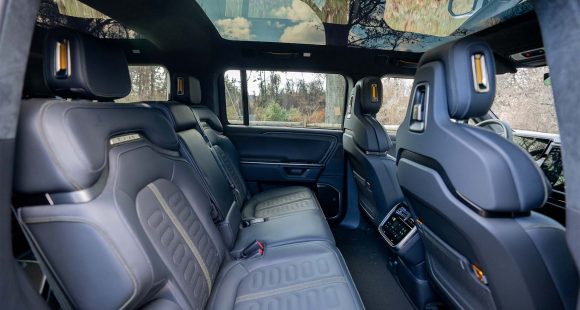2022 Jeep Grand Cherokee 4xe
The Jeep Grand Cherokee 4xe Tops New Ridge Of Efficiency
It’s hard to think of a brand that embraces tradition more than Jeep. But that doesn’t mean they’re stuck in the past. Indeed, Jeep is in the process of electrifying every one of their models; the latest being this Jeep Grand Cherokee 4xe. So, let’s see what the 4xe adds to an iconic 4×4!
The 2022 Jeep Grand Cherokee 4xe is electric, but not all electric. It’s a plug-in hybrid or PHEV. A very sensible approach to electrification in our view, rather than going all-in and forcing faithful followers to adapt their lifestyle to a revolutionary business strategy.
 Moreover, most of the powertrain specs of this 5-passenger standard wheelbase Grand Cherokee have commonality with the Wrangler 4xe we tested last year. Except the 17.3-kWh battery. It ekes out a little more EV range; 25-miles compared to the Wrangler’s 22.
Moreover, most of the powertrain specs of this 5-passenger standard wheelbase Grand Cherokee have commonality with the Wrangler 4xe we tested last year. Except the 17.3-kWh battery. It ekes out a little more EV range; 25-miles compared to the Wrangler’s 22.
The 2.0-liter I4 turbo engine, twin electric motors, and 8-speed automatic work together to deliver the same 375-horsepower and 470 lb-ft. of torque; 4-wheel-drive is of course standard.
So, it’s no Trackhawk, but that 470 lb-ft. of torque is 80 more than the GC’s optional V8, so off to our Mason Dixon test track to try it out.
We saved some battery power, and the 4xe put it to good use. There is a nice surge of spirit at launch that had us hitting 60 in just 5.3-seconds.
About halfway down the track, you can feel the electric influence lessen, and the turbo engine really takes over, delivering great mid-range power. Shifts from the automatic are very smooth and quick, with our best ¼-mile pass taking 13.9-seconds at 102 miles-per-hour. Once the battery drains, there’s noticeably less umph off the line.
True, the 4xe can’t match the V8’s 7,200-lbs. tow rating, but 6,000-lbs. is still quite good for a midsize utility.
As in the Wrangler, all battery and EV hardware is packaged well out of harm’s way, so there’s no loss of off-road capability.
 Our Overland tester, however, had more of a pampered lifestyle in mind. It came equipped with a panoramic sunroof, Nappa leather seats with both front and rear heat, and heated steering wheel.
Our Overland tester, however, had more of a pampered lifestyle in mind. It came equipped with a panoramic sunroof, Nappa leather seats with both front and rear heat, and heated steering wheel.
A luxury tech group adds wireless charging, digital rearview mirror, 4 zone climate, rear sunshades, and massaging seats.
While an advanced protech group delivers active driving assist, night vision, and navigation maps in the driver display.
And no matter how many times you see it, the available interactive front passenger display looks impressive, and gives the person riding shotgun something to amuse them.
Now, unlike the Wrangler 4xe, where driving around with no engine noise seemed to amplify other sounds and reinforce its rough edges; here in the Grand Cherokee 4xe, the powertrain silence seems to fit right in with its more refined nature.
Transitions of power between battery and gasoline engine are very smooth, as is ride quality.
Given its size, the 4xe Grand Cherokee felt solid and willing through our handling course. Steering was light, but accurate, and there was only moderate body roll.
 The 4xe felt solid and stable in panic braking runs too, but also very heavy. Stops from 60 stretched out to a longish 129-feet.
The 4xe felt solid and stable in panic braking runs too, but also very heavy. Stops from 60 stretched out to a longish 129-feet.
There are indicators of the 4xe’s plug-in status, an additional access door in the driver’s side front fender for the charger port and small amounts of blue trim. But otherwise, you’d be hard pressed to tell it’s different from just about every other 5th gen Grand Cherokee.
18-inch wheels are standard. A black finished roof is optional. Active grille shutters and front fender aero treatments are in place to maximize fuel efficiency.
Government Fuel Economy Ratings are 56 Combined MPGe for gas and electric, 23-Combined strictly on the gasoline engine. We averaged 22 miles-per-gallon of Regular in Hybrid mode with no charging.
So, the 4xe rates a very good Energy Impact Score, using just 6.0-barrels of oil yearly, with 2.9-tons of CO2 emissions.
The 4xe is available in most of the Grand Cherokee’s trim levels including Trailhawk, starting with Limited at $61,660, and working up to Summit Reserve for a lofty $78,870. Our Overland tester resides in the still high middle-ground at $69,675. Right now the 4xe treatment is not available on the 3-Row Grand Cherokee L.
Yes, those prices are steep, but unfortunately aren’t out of line for a luxury-minded off-roader these days. And the 5th generation Grand Cherokee has certainly attained a new level of luxury, sophistication, technology, and practicality. Now, this 2022 Jeep Grand Cherokee 4xe adds a new level of efficiency, making it an even smarter midsize SUV choice.
Specifications
- Engine: 2.0L I4 Turbo
- Battery: 17.3-kWh
- Electric Range: 25 miles
- Horsepower: 375
- Torque: 470 lb-ft
- 0-60 mph: 5.3 seconds
- 1/4 Mile: 13.9 seconds at 102 mph
- 60-0 Braking: 129 feet (avg)
- Towing Capacity: 6,000 lbs
- EPA: 56 MPGe | 23 Combined
2025 Rivian R1S
Major Reboot for Rivian R1S
With just about every mainstream carmaker now onboard with battery-electric vehicles, EV-only brands are hoping there are still plenty of people out there willing to think outside the box. So, let’s see if Rivians latest R1S utility can make the case for taking the EV road less traveled.
Big changes have happened in the short time since the Rivian R1S first hit the streets three years ago. As for 2025, there are updates that touch just about every aspect of the vehicle. Yes, despite looking almost exactly the same outside, Rivian claims that beneath the surface, their entire electrical architecture has been significantly updated, eliminating a whopping mile and a half of wiring and 10 computer assemblies, allowing for more efficient operation.
But look closely and you will see their signature vertical oval headlights are updated with a new matrix of LED lights that can cycle individual elements on and off to provide maximum illumination where you need it without distracting oncoming drivers.
Not much change in the look of the interior either, but the synthetic leather upholstery is still very nicely done, though most touchpoints feel more rugged than luxury minded. With the exception of a couple controls on the steering wheel, you do still have to do almost everything on the R1S’s 15.6-inch touchscreen, but the user interface has been improved. So, while we do wish they could have reverse-engineered a knob or two into the mix, we realize full touchscreen interface is just what people expect in their high-end EVs these days, and at least it works better than before. And the gauge display still wows you with the amount of information it displays and is mounted high enough that no additional head-up display is needed. A new Rivian Autonomy Platform uses 11 cameras, five radars and A.I. for self-driving, or just to monitor what’s going on around the vehicle even when it’s parked.
This [EV] really feels fast, sitting you up high and throwing you back in your seat with authority.
Rivian has also given the R1S a substantial suspension revision with new spring rates, bushings, and mounts; along with new tuning for the adaptive dampers and roll-mitigation system. It does provide a more balanced street attitude, but it still rides like a truck. That’s great if that’s the experience you’re looking for; not as ideal if you’re looking for more of the smooth luxury-style treatment.
All R1Ss are all-wheel drive, but there’s a wide variety of powertrain options including a new Tri-Motor setup. Outputs range from the standard Dual-Motor’s 533 horsepower to the Quad-Motor’s impressive 1,025. There are several battery packs as well, delivering as much as 410 miles of range, giving the R1S the highest rating of any SUV on the market right now. Our Adventure trimmed tester featured the 665-horsepower Performance version of the Dual-Motor arrangement, with the Max battery and 20-inch wheels with all-terrain tires.
Theoretically, that setup is rated for 370 miles, but perhaps we were enjoying the “performance” theme too much as our results were well short of that, using 68% of the battery to drive only 189 miles, putting our estimated range around 278 miles. Using 43 kilowatts of electricity for every 100 miles earns the R1S a fair efficiency rating.
But all was forgiven at our Mason Dixon test track when this Rivian started blasting us to 60 in 3.8 seconds. Yes, there are faster EVs, but this one really feels fast, sitting you up high and throwing you back in your seat with authority, while the rear of the truck squats down substantially before hurling you off the line and down the track. Power delivery stayed strong the entire time, cranking away until we cleared the quarter-mile in 10.5 seconds at 108 mph.
Despite this utility’s substantial size and weight, we were able to keep a pretty fast pace through the cones of our handling course. The all-terrain tires obviously didn’t grip the pavement as well as all-seasons would, but the low center of gravity kept things very flat. Yes, it does feel very heavy, but the brakes were more than up to the task, stopping us from 60 mph in a very short 103 feet with surprisingly little nosedive and no fade.
Pricing starts at $77,700 for the Dual-Motor with Standard battery pack; our Dual-Motor Performance with the Max battery and All-Terrain Package came in just over $102,000.
While Rivian has had great initial success; sustaining that success will be a much tougher task. But, if they continue to put as much effort into improving their products as they have here with the 2025 R1S, we think their winning streak will only accelerate.
Specifications
As Tested
- Motor Setup: Dual Motor
- Battery Size: 141.5 kWh
- Horsepower: 665
- Torque: 829 lb-ft
- EPA Range: 370 miles
- 0-60 mph: 3.8 seconds
- 1/4 Mile: 10.5 seconds at 108 mph
- Braking, 60-0 (avg): 103 feet
- MW Test Loop: ~278 miles







